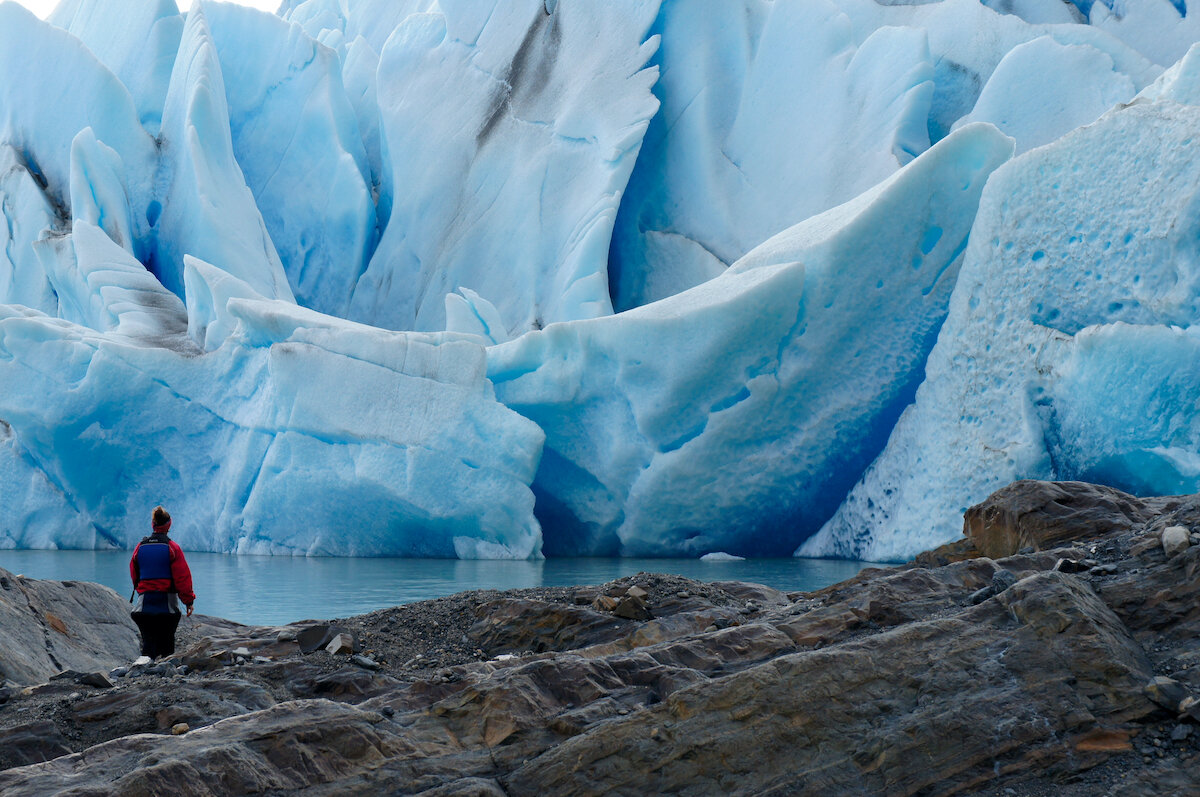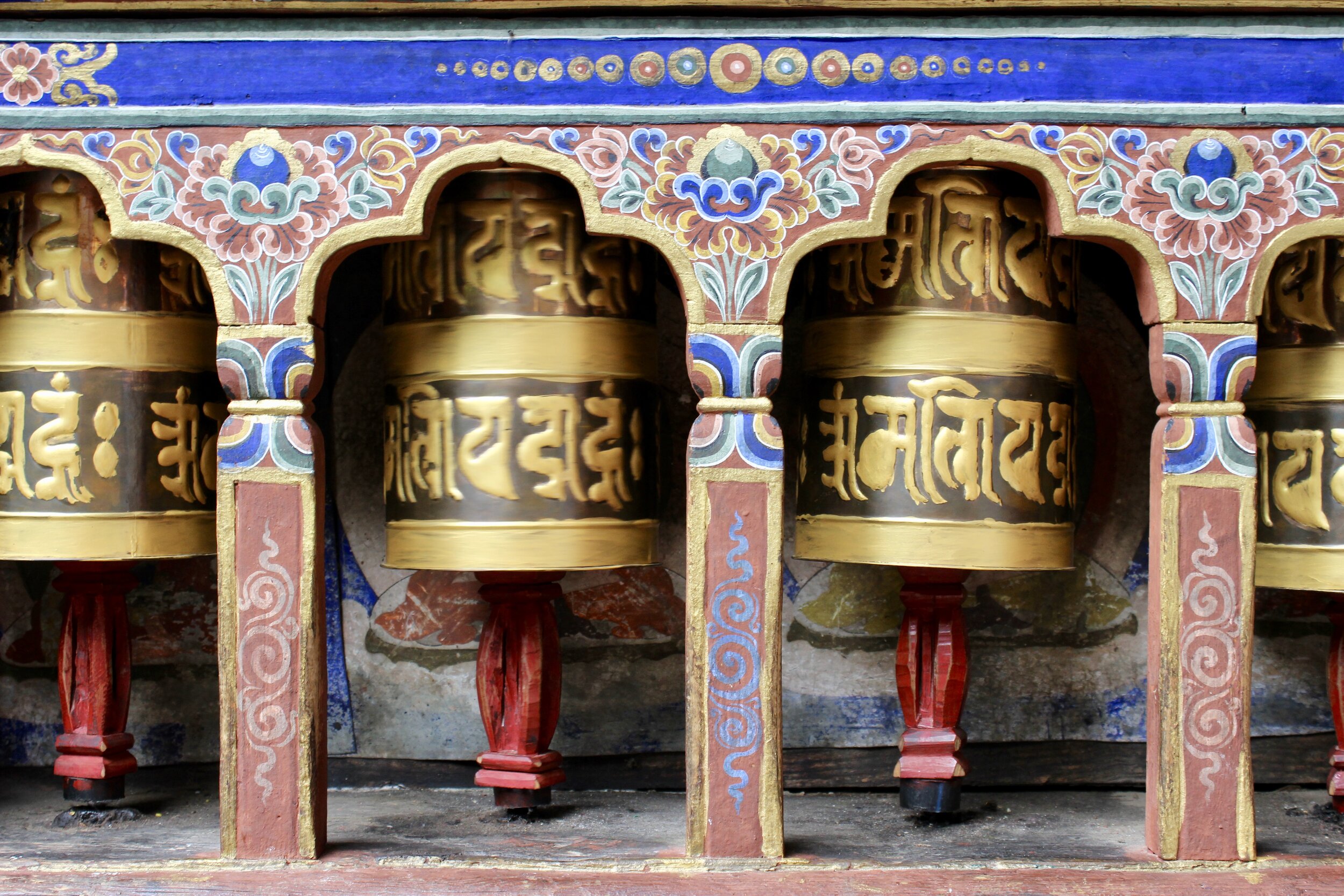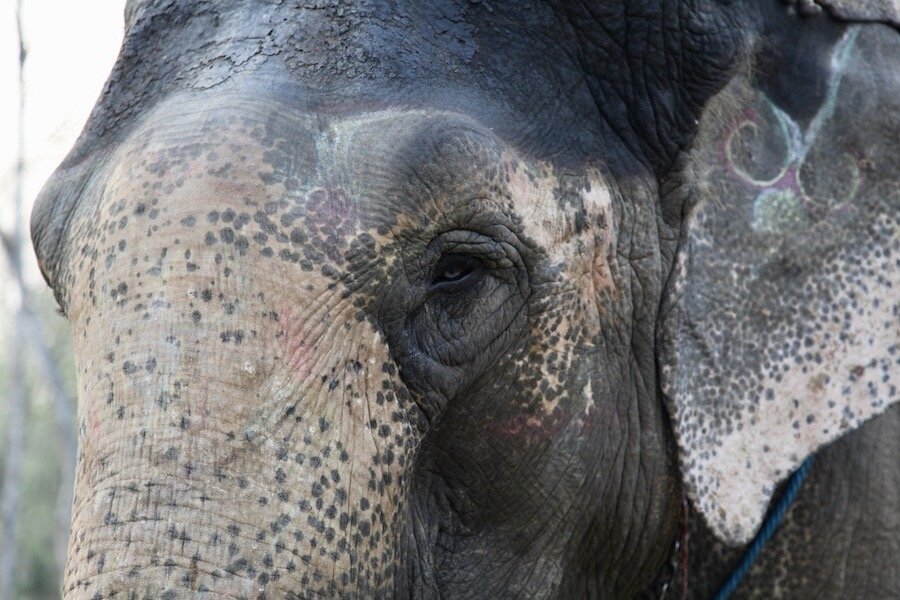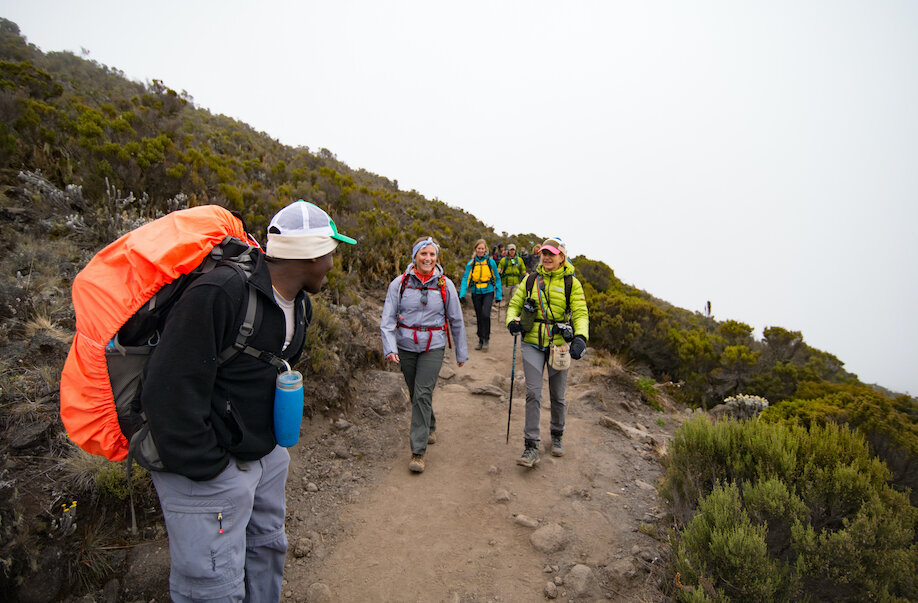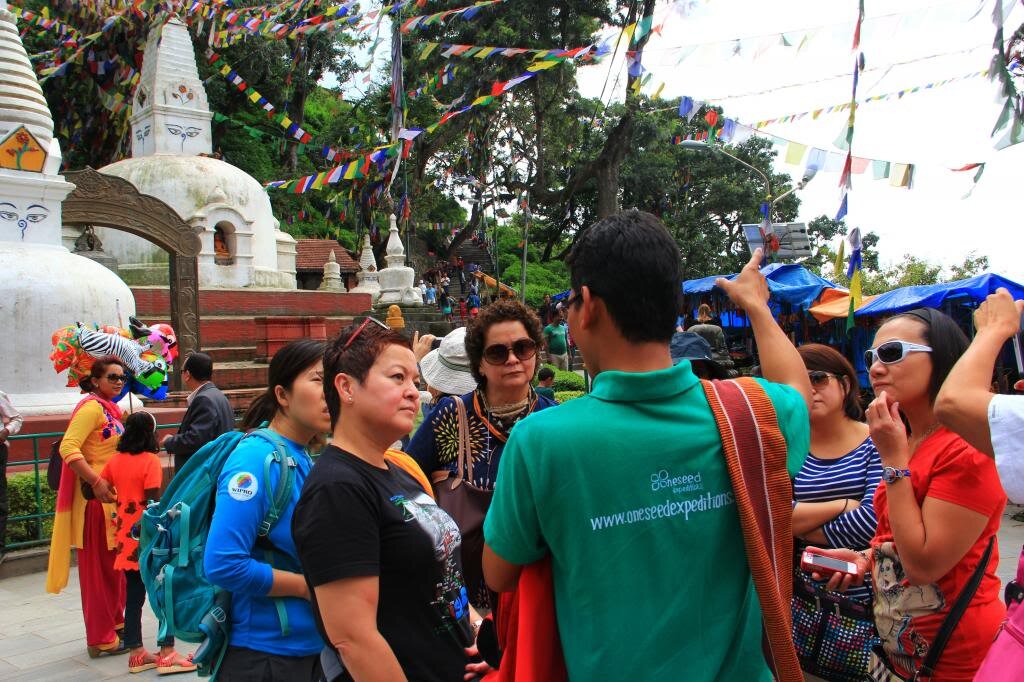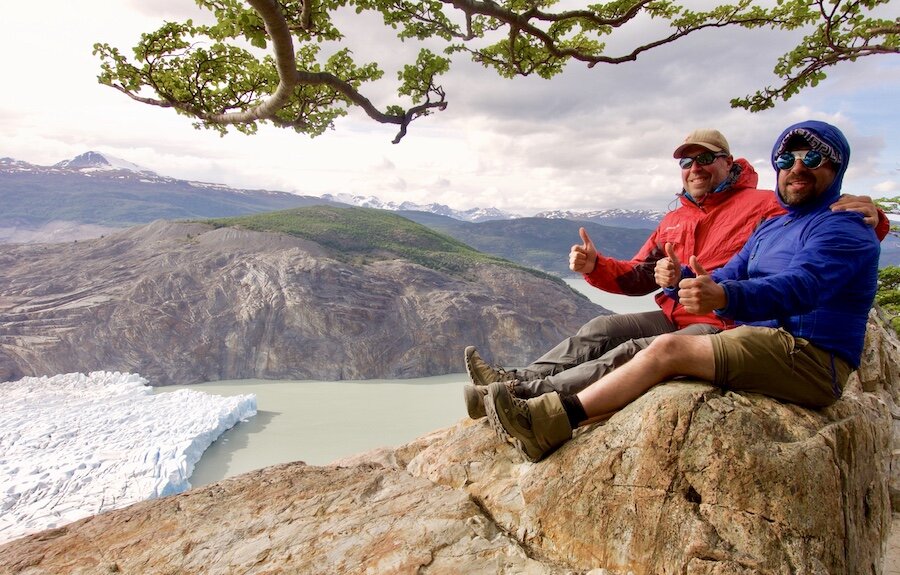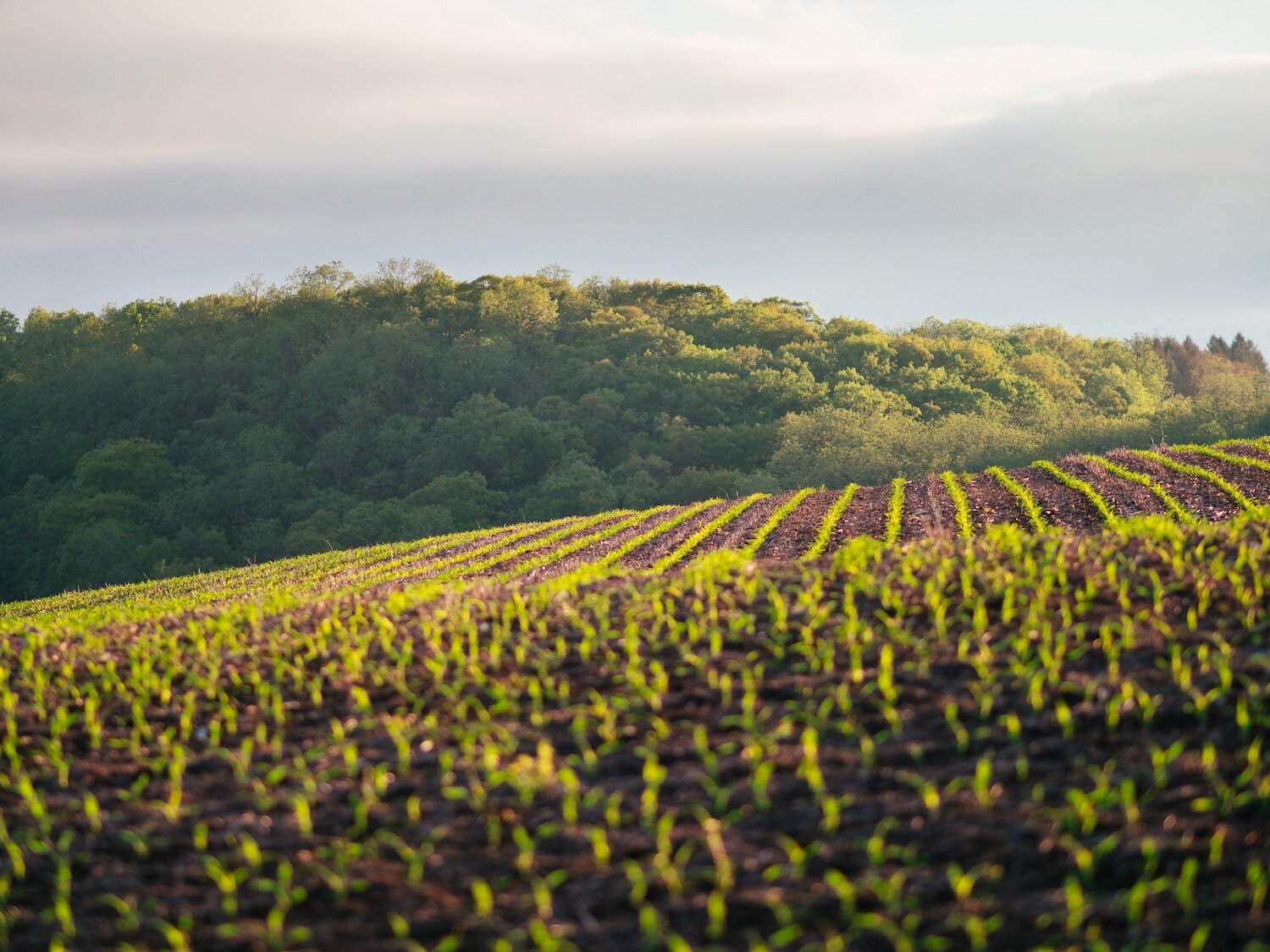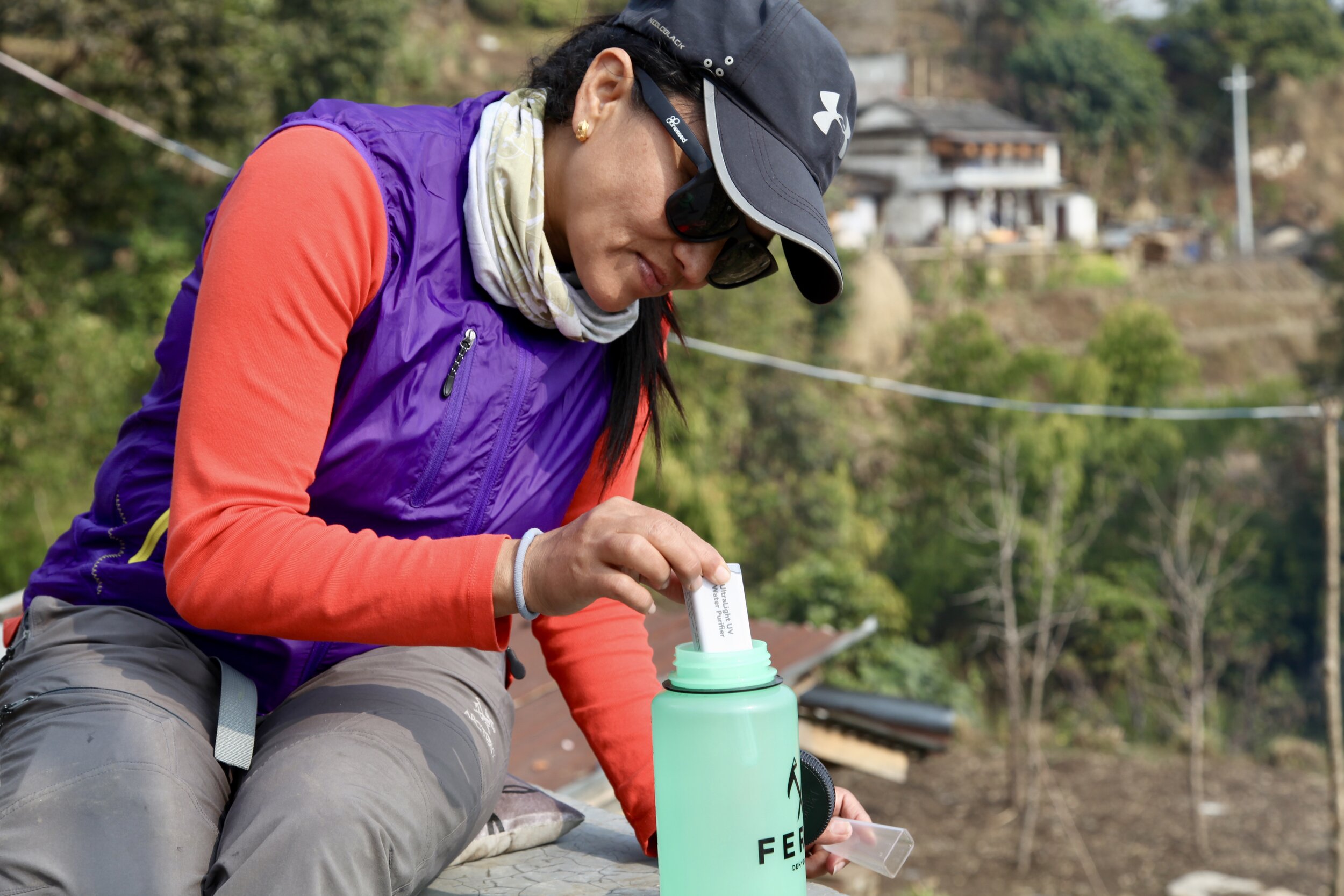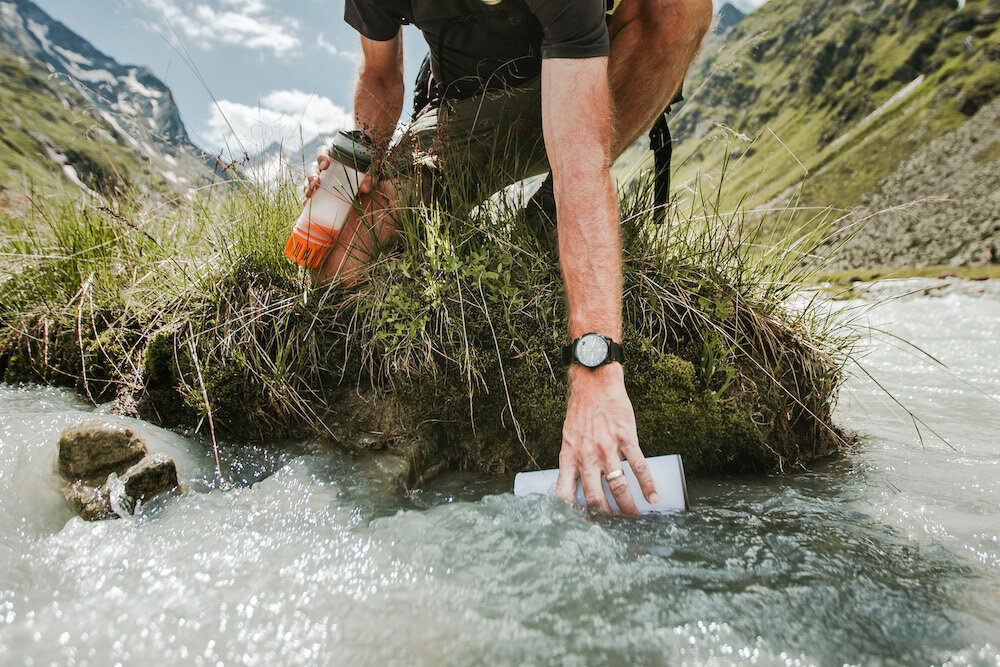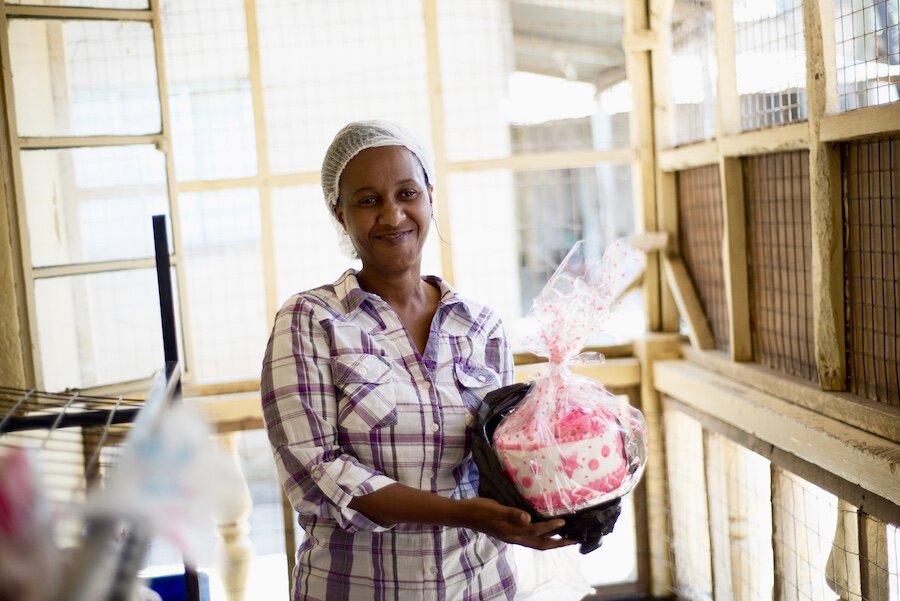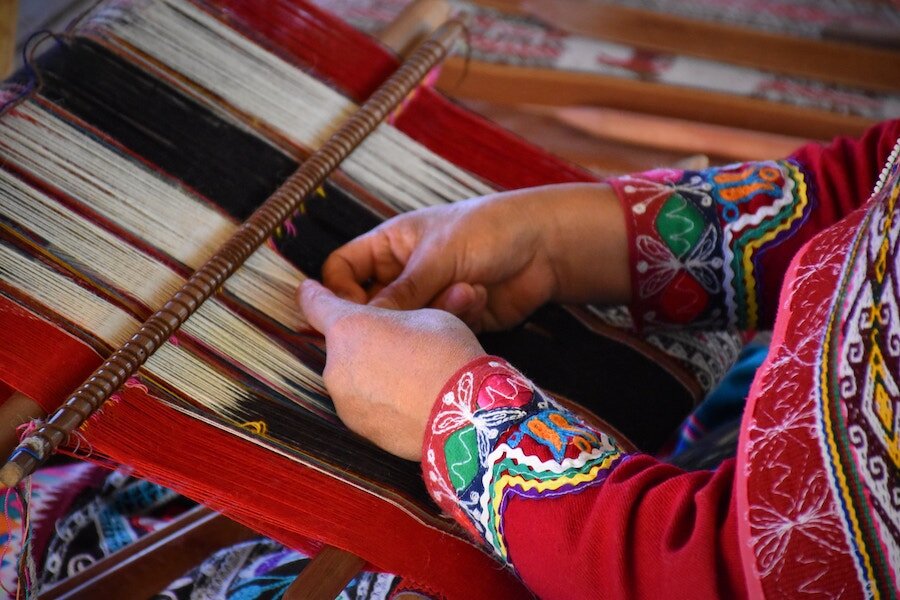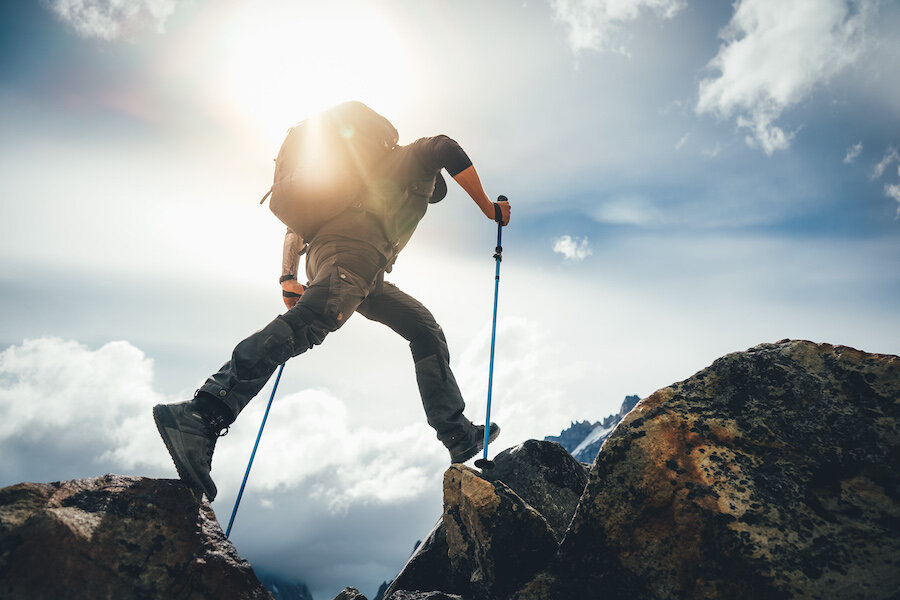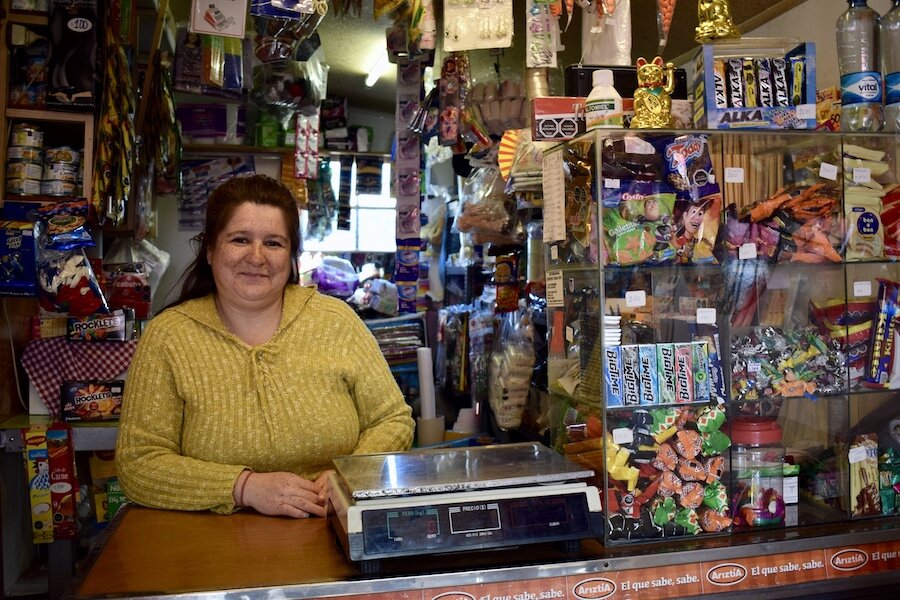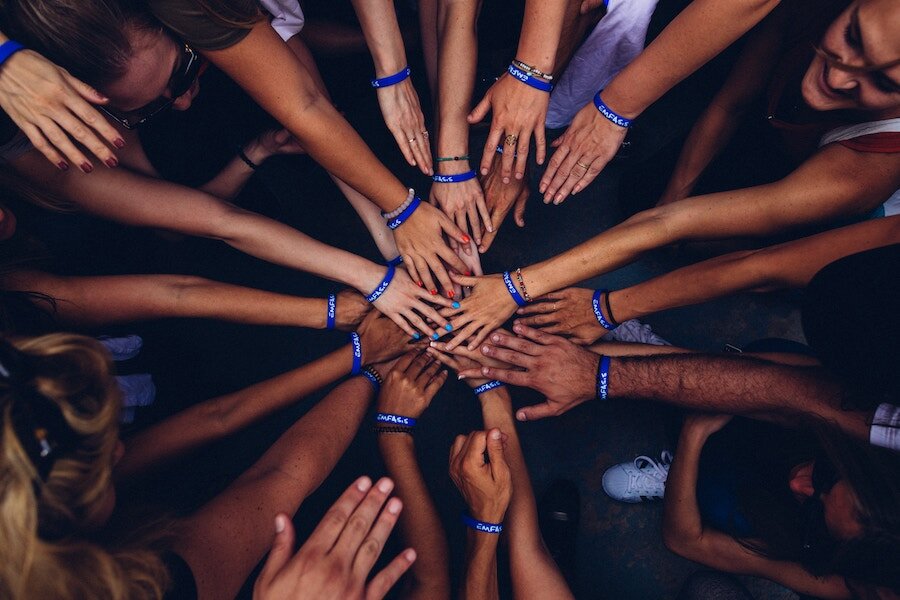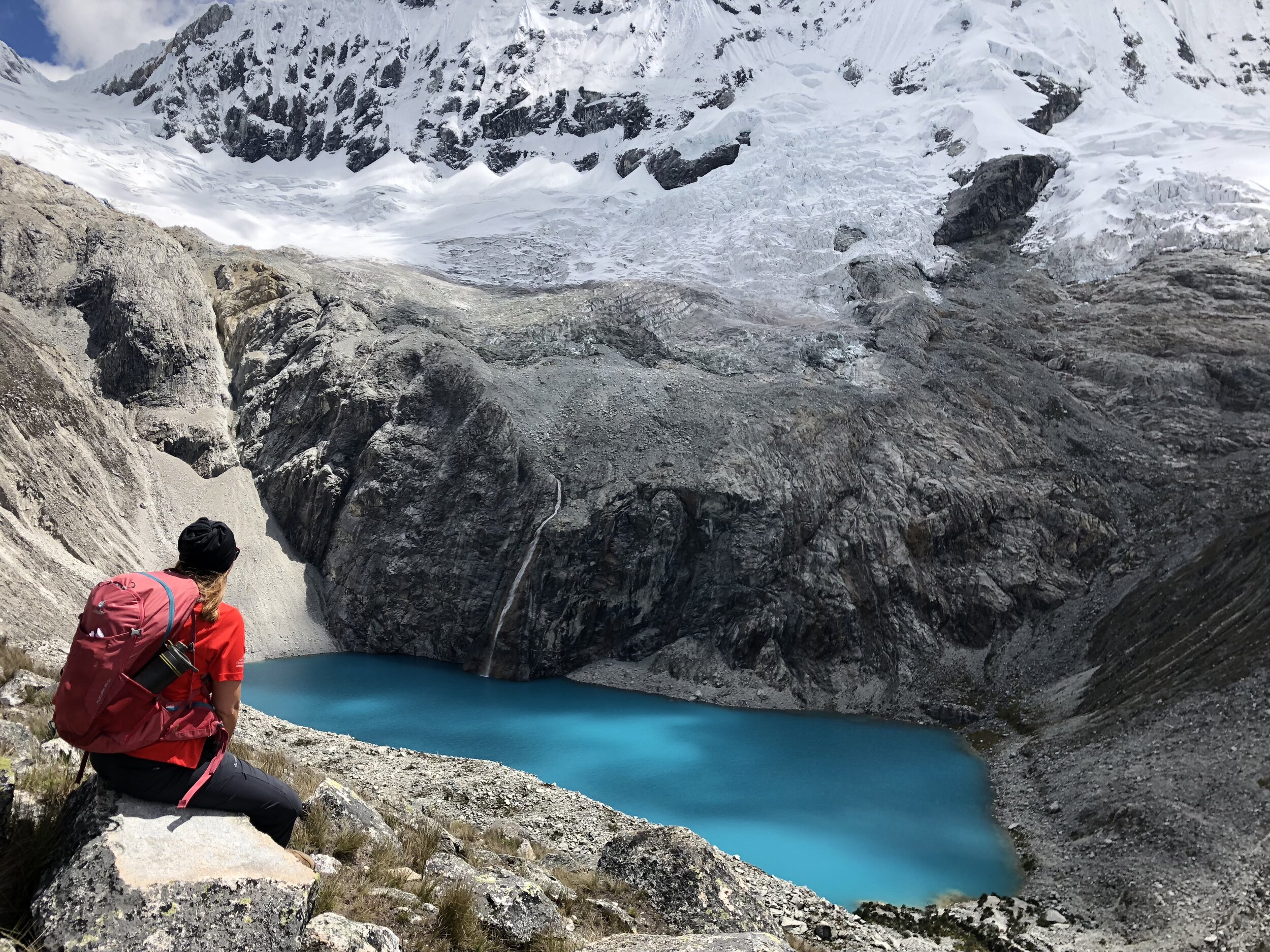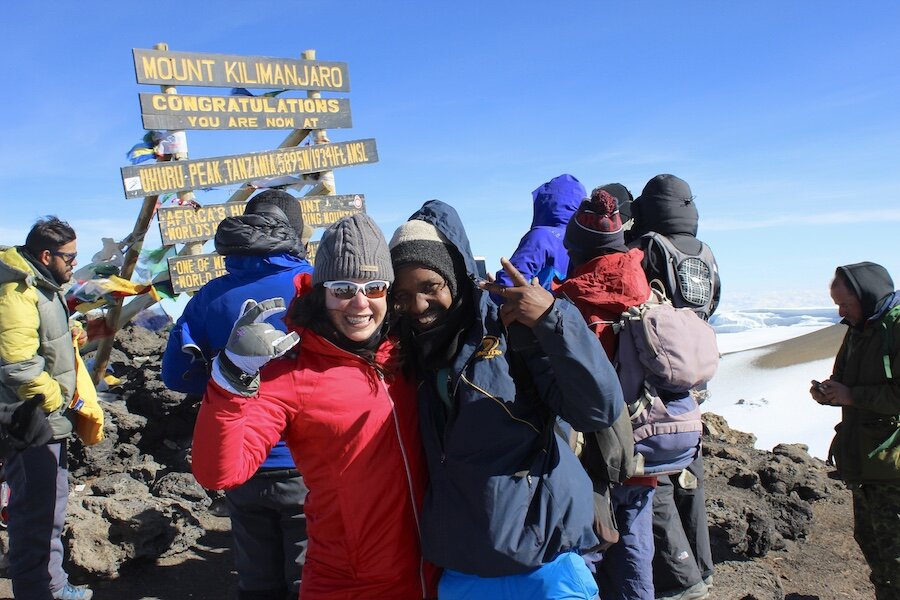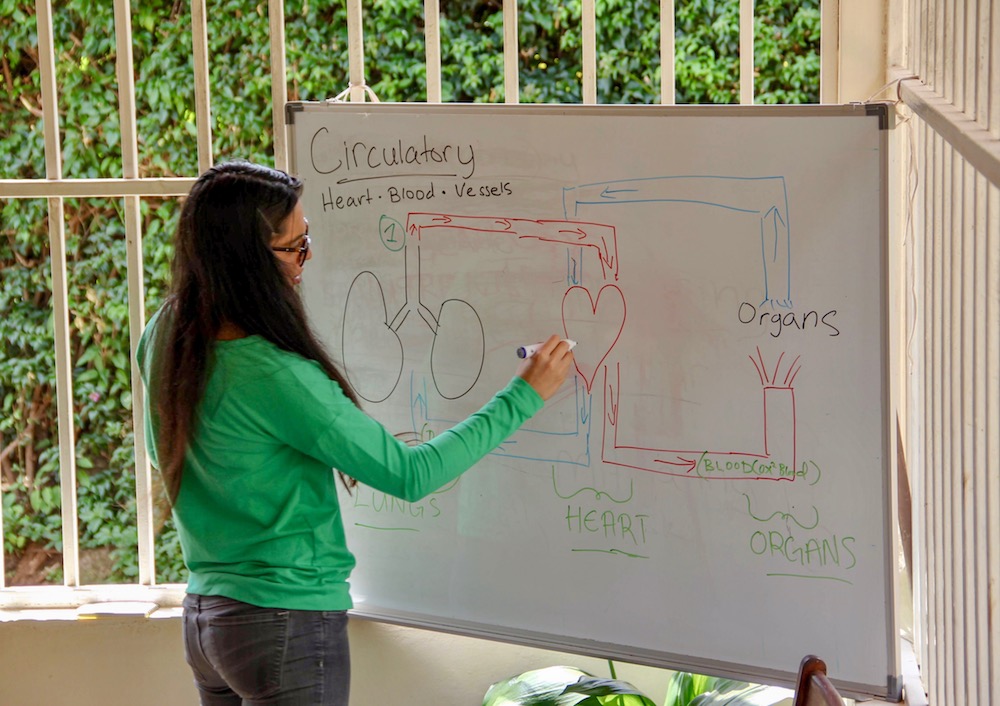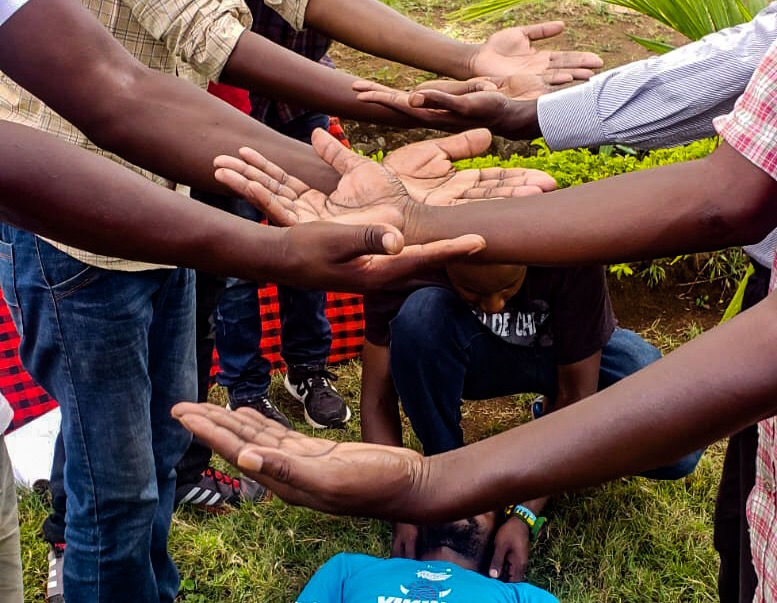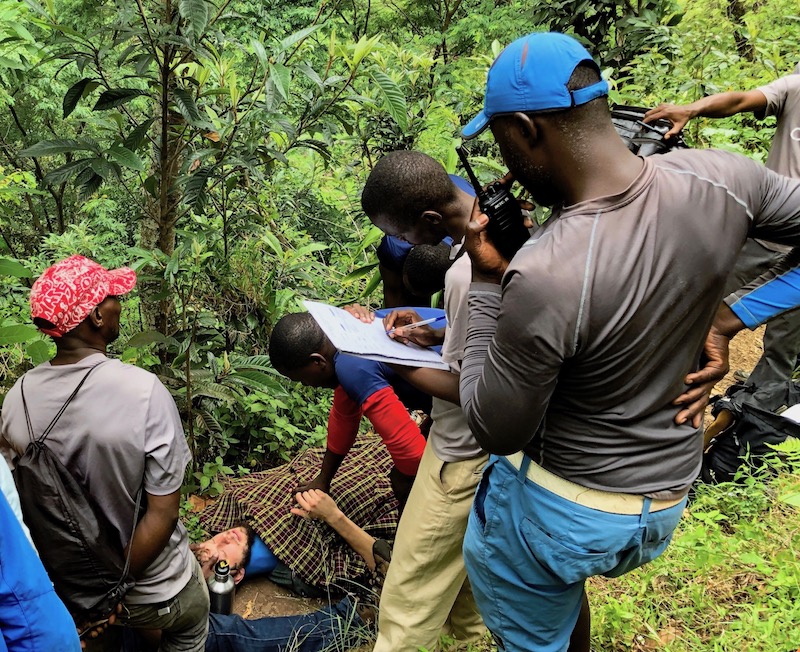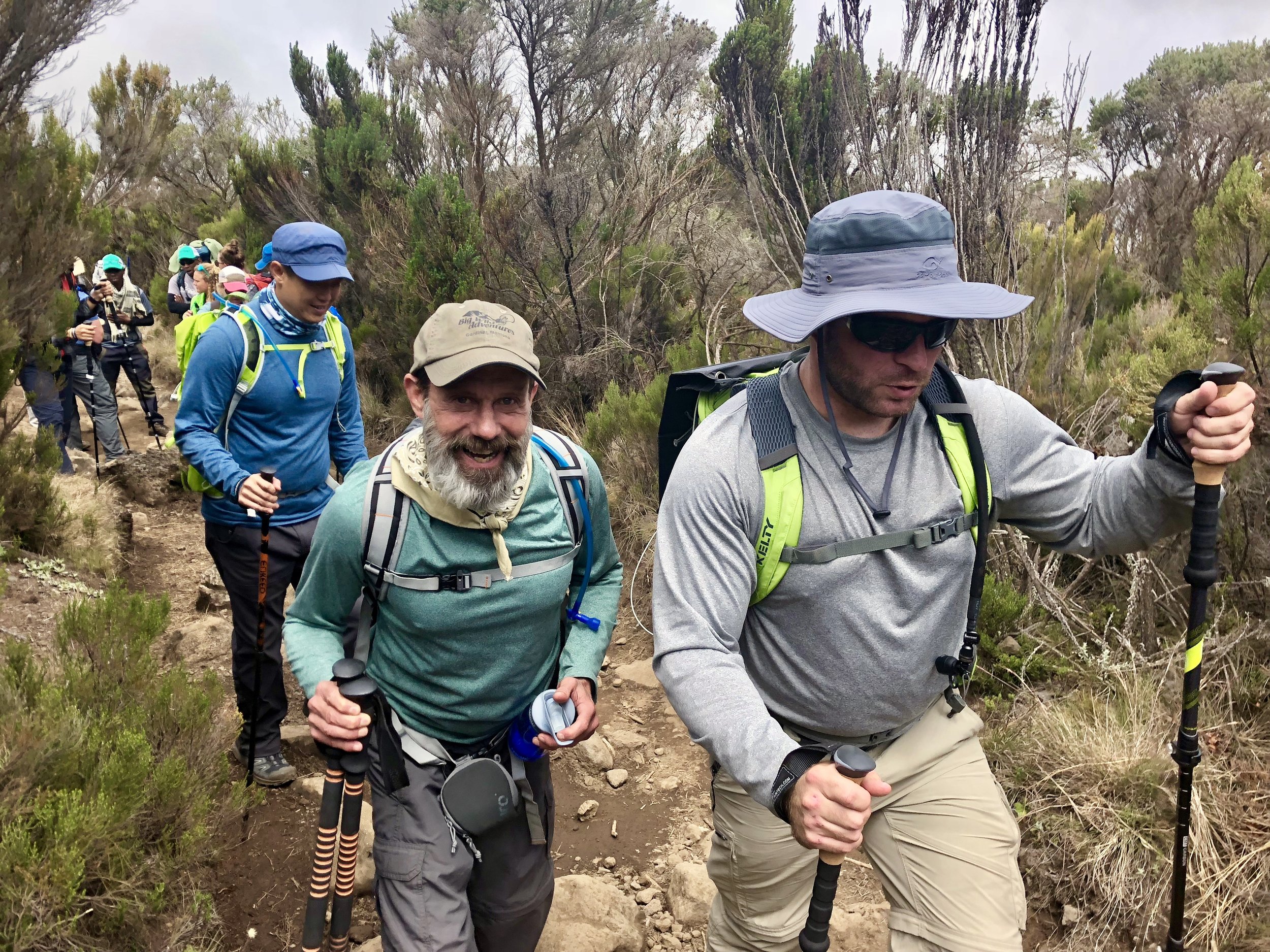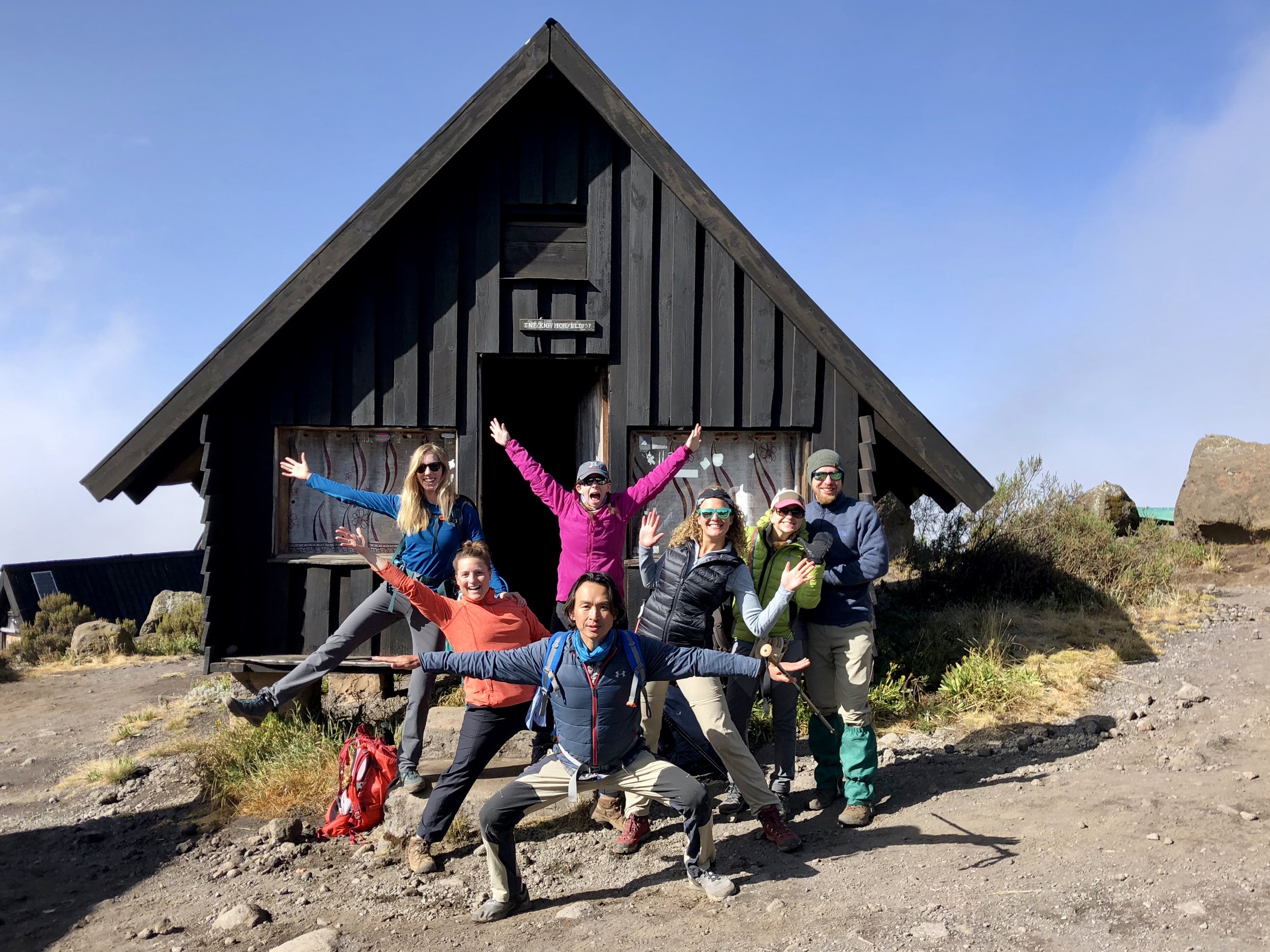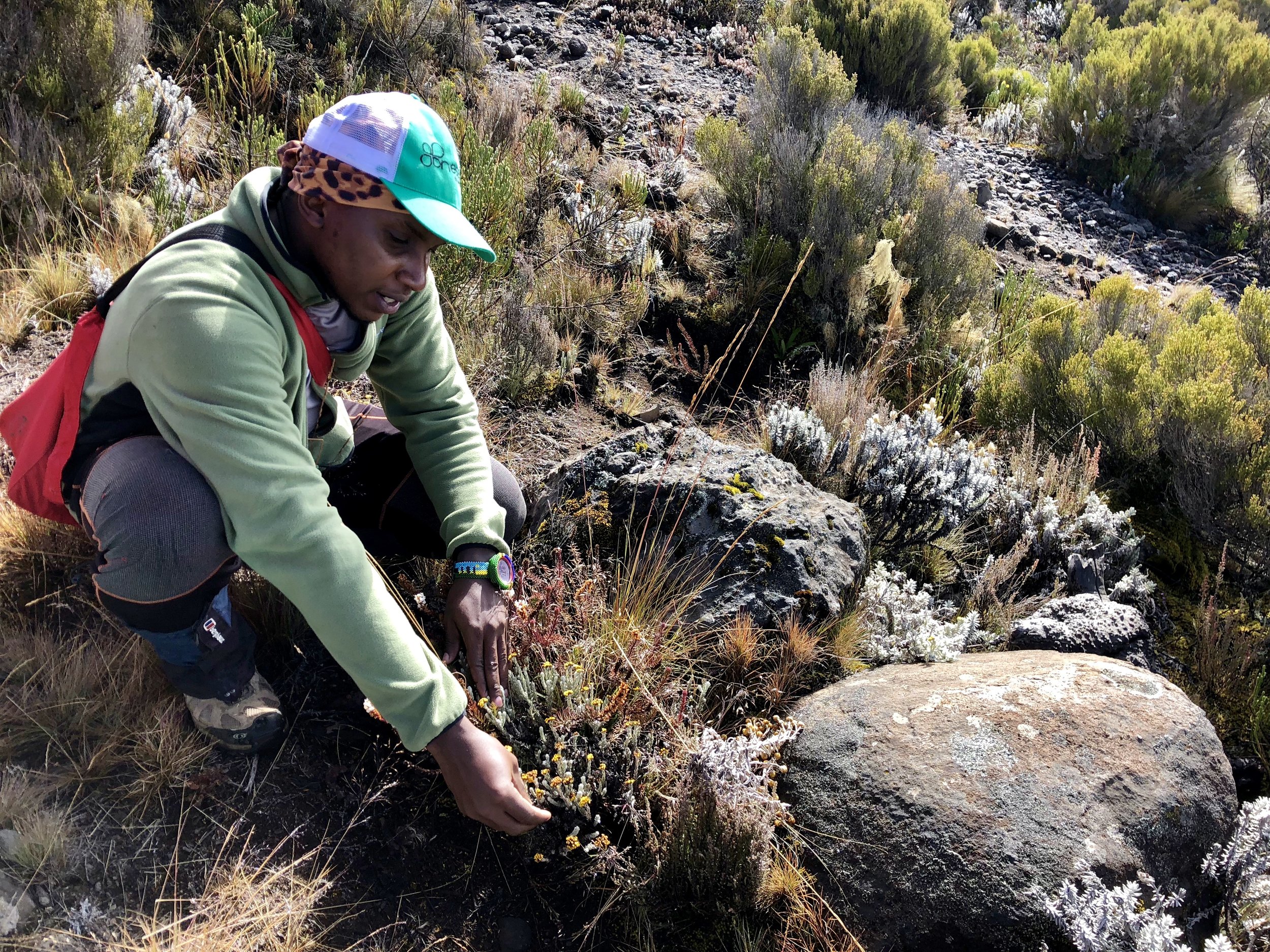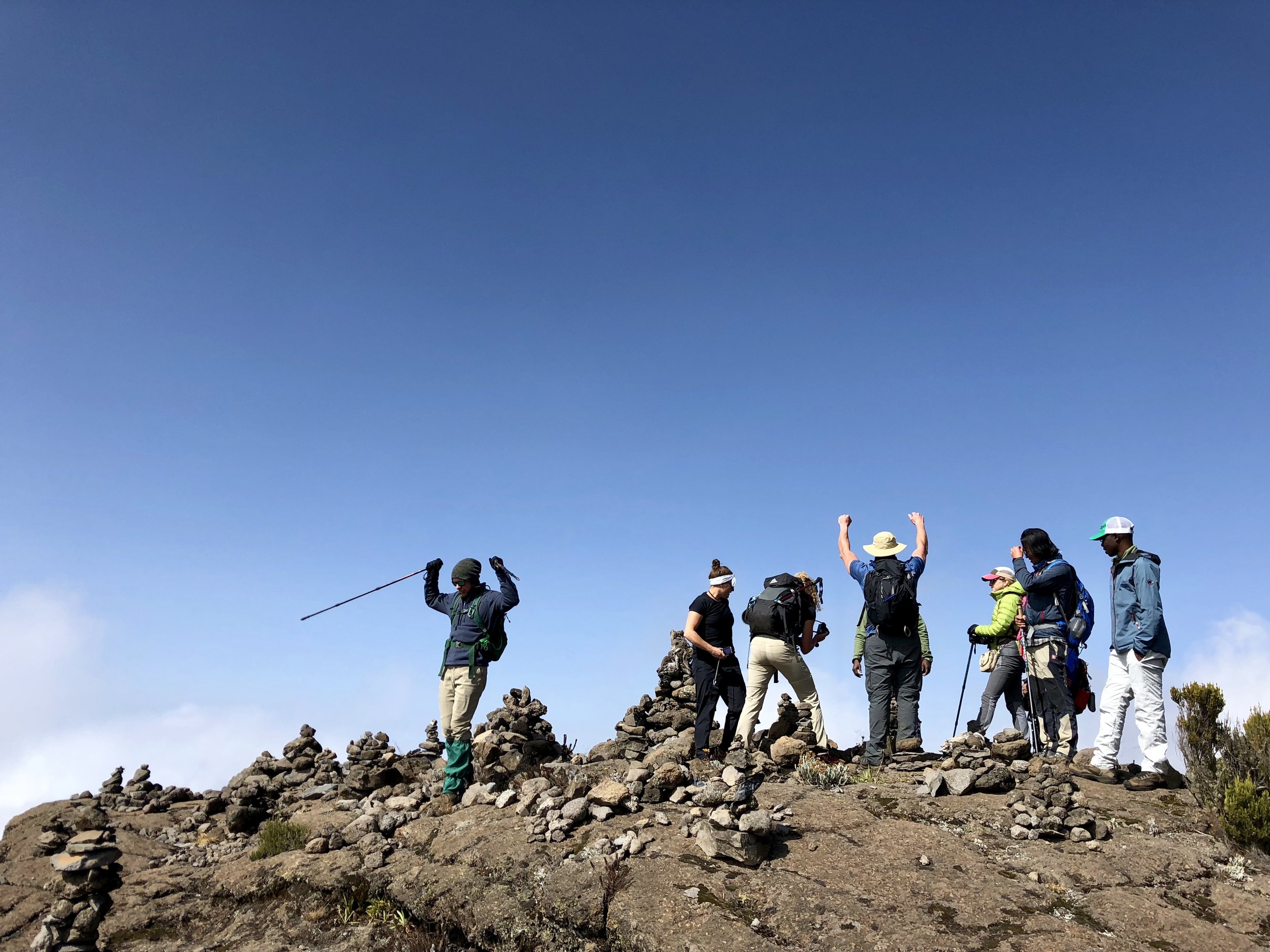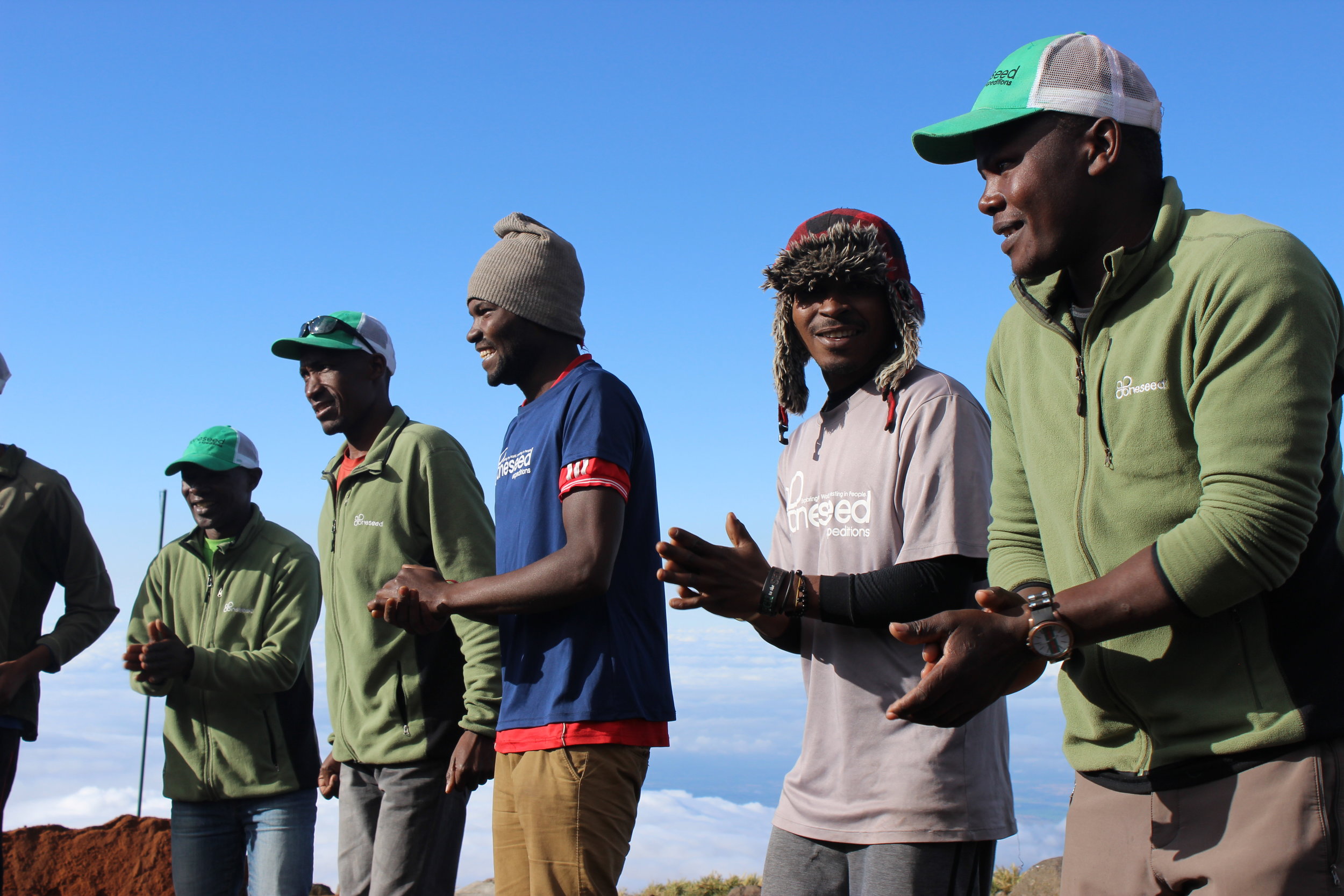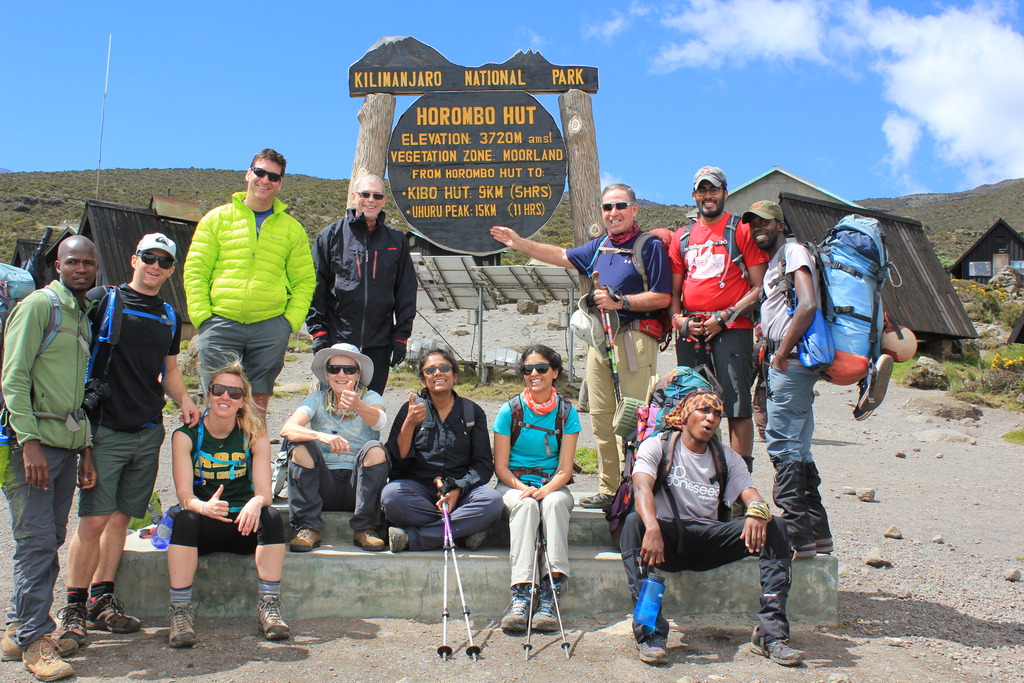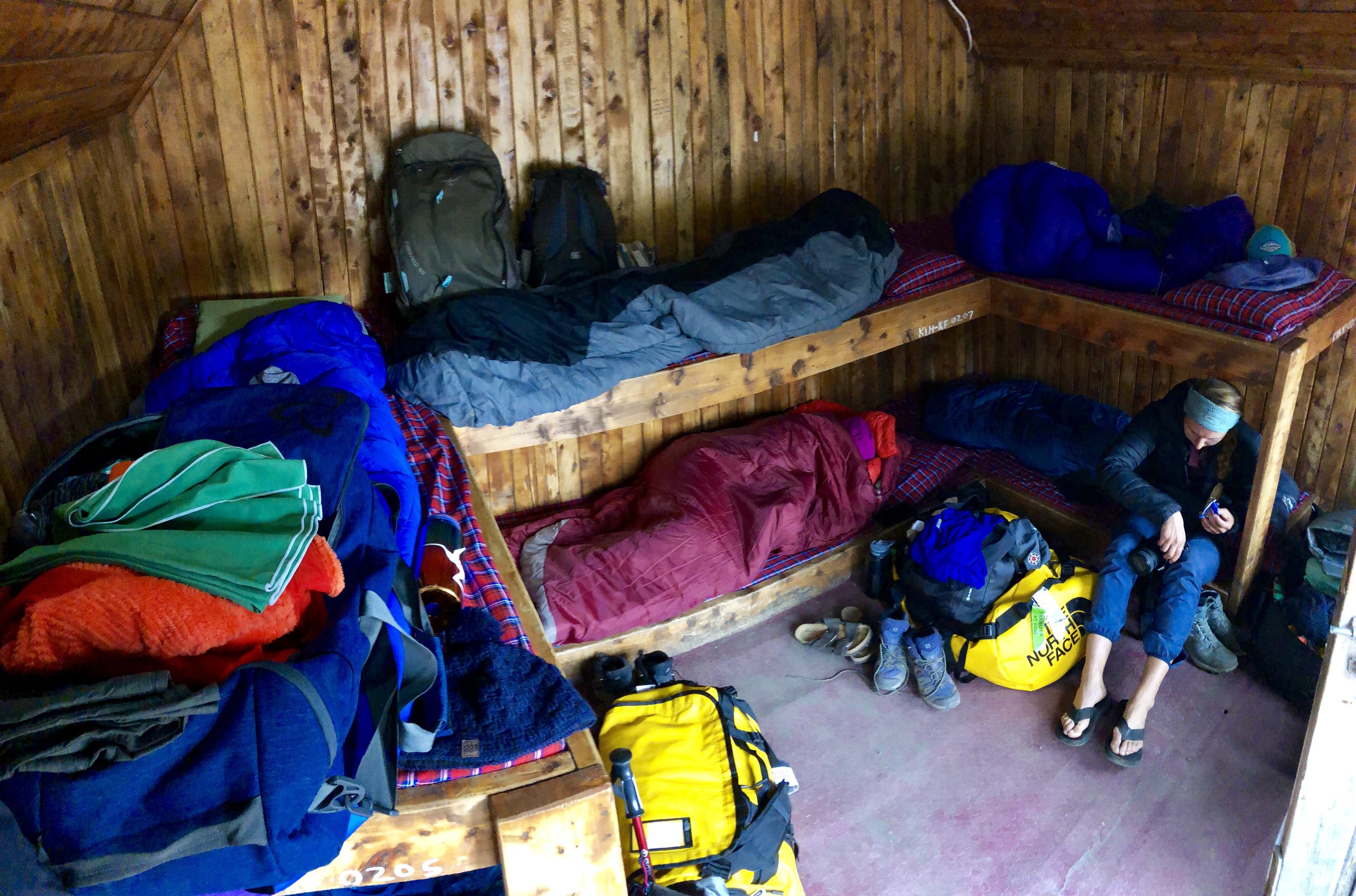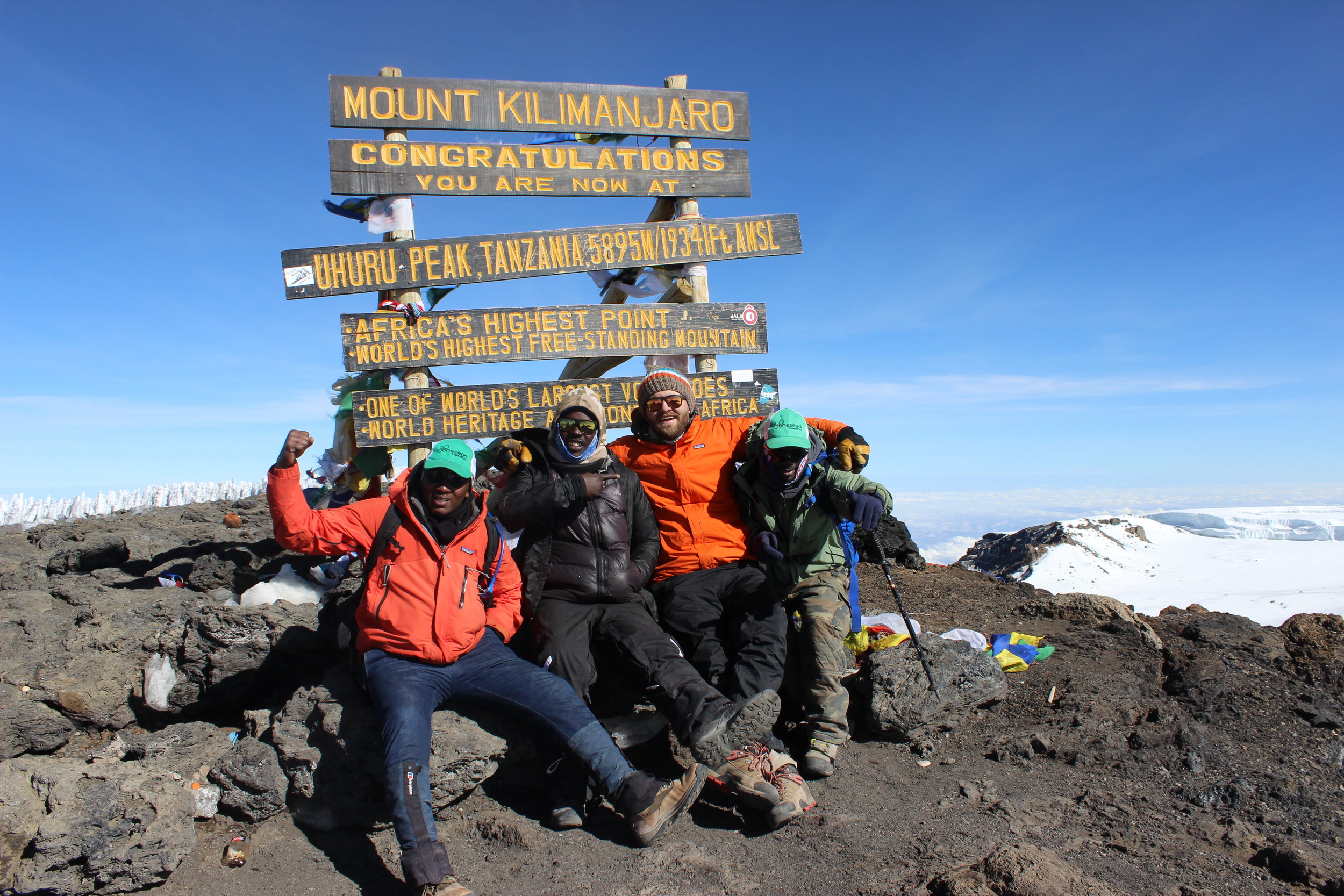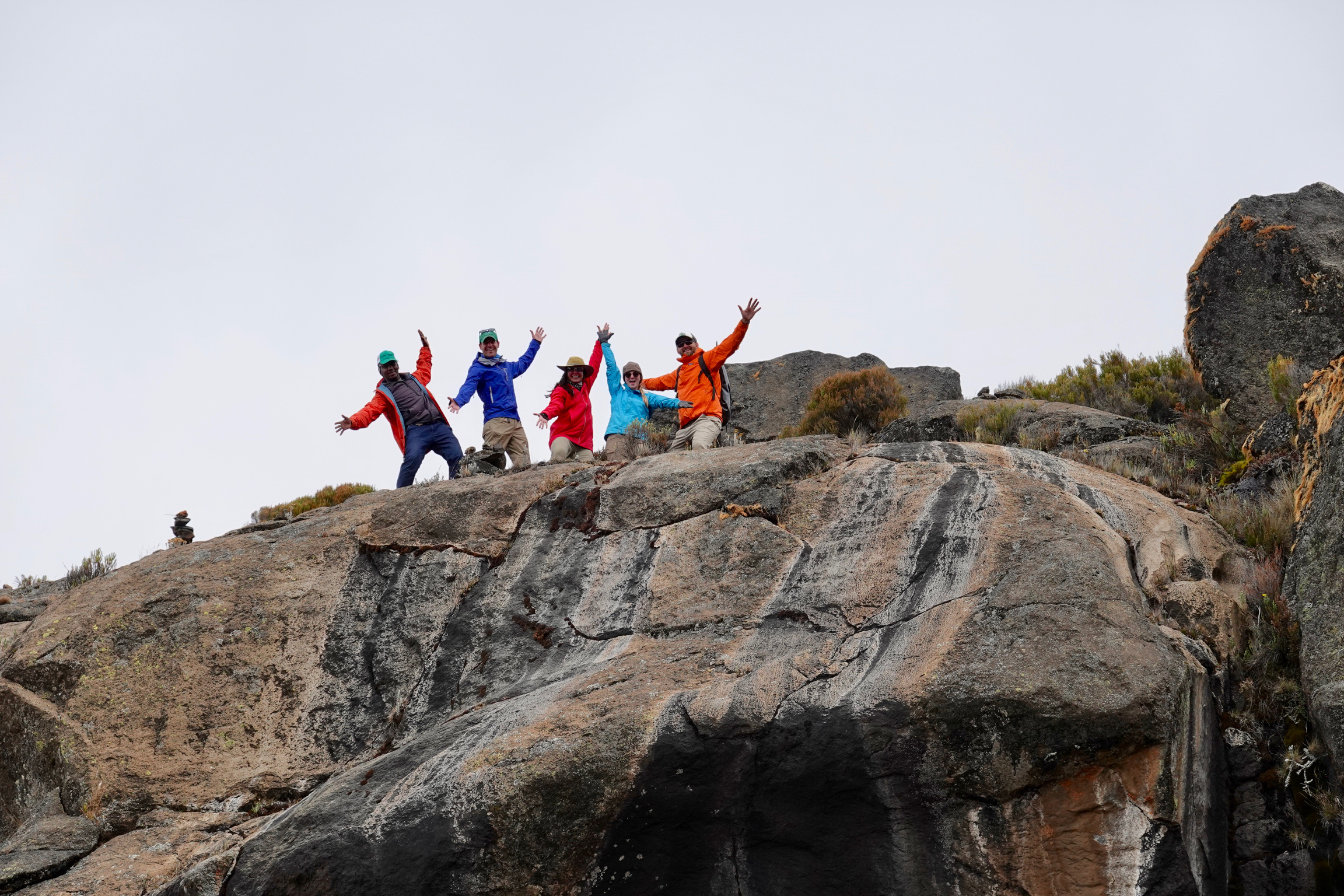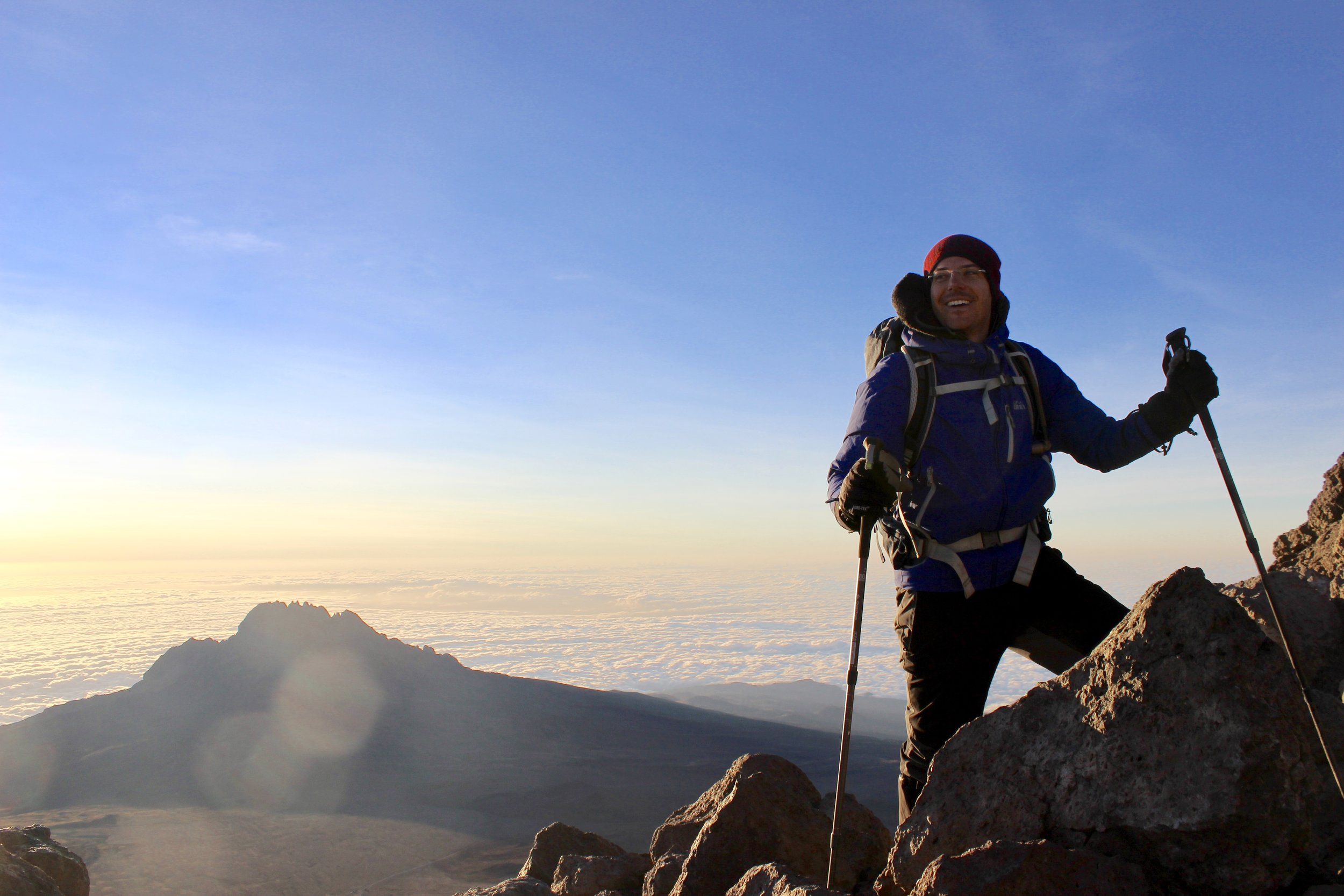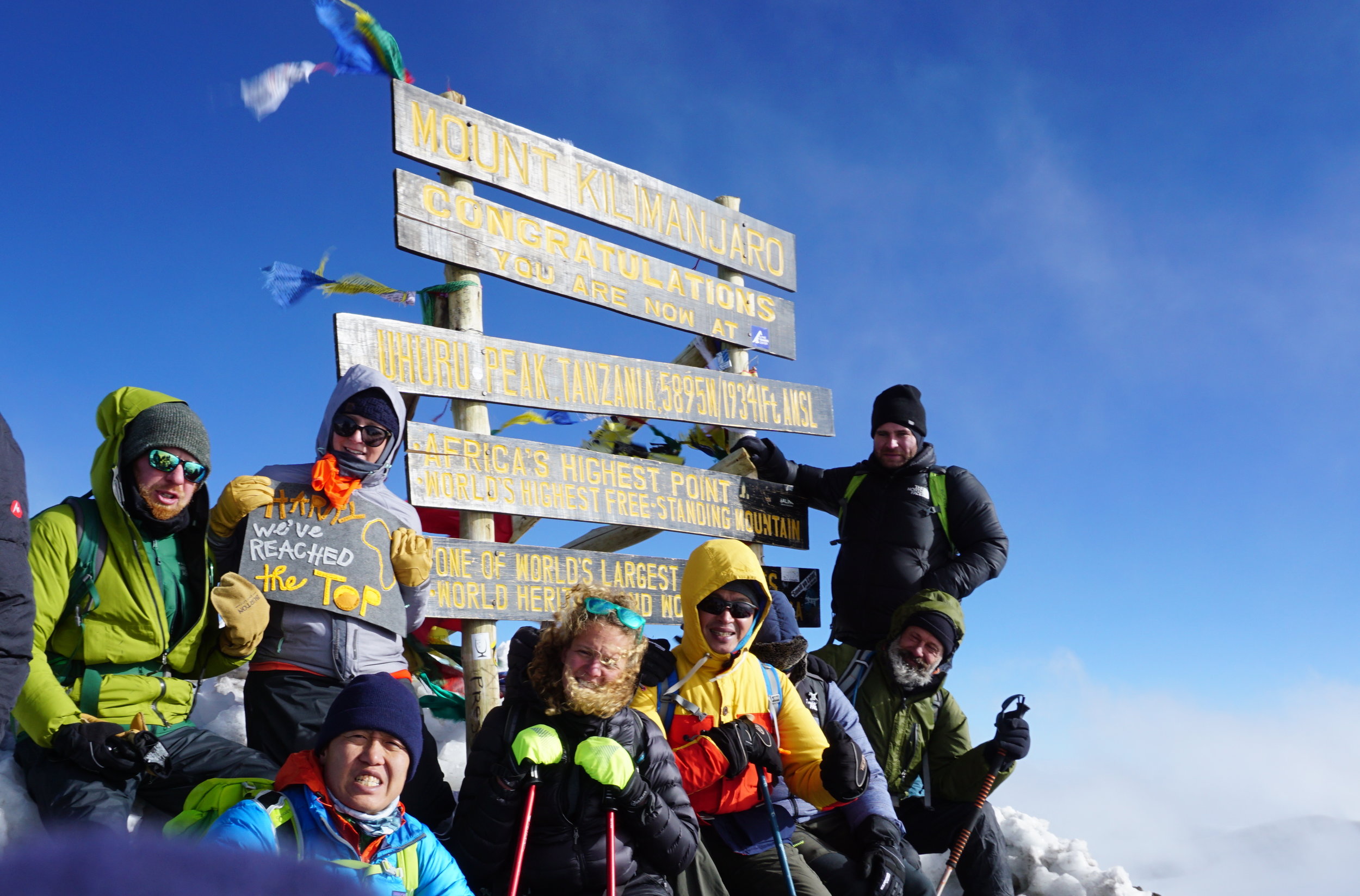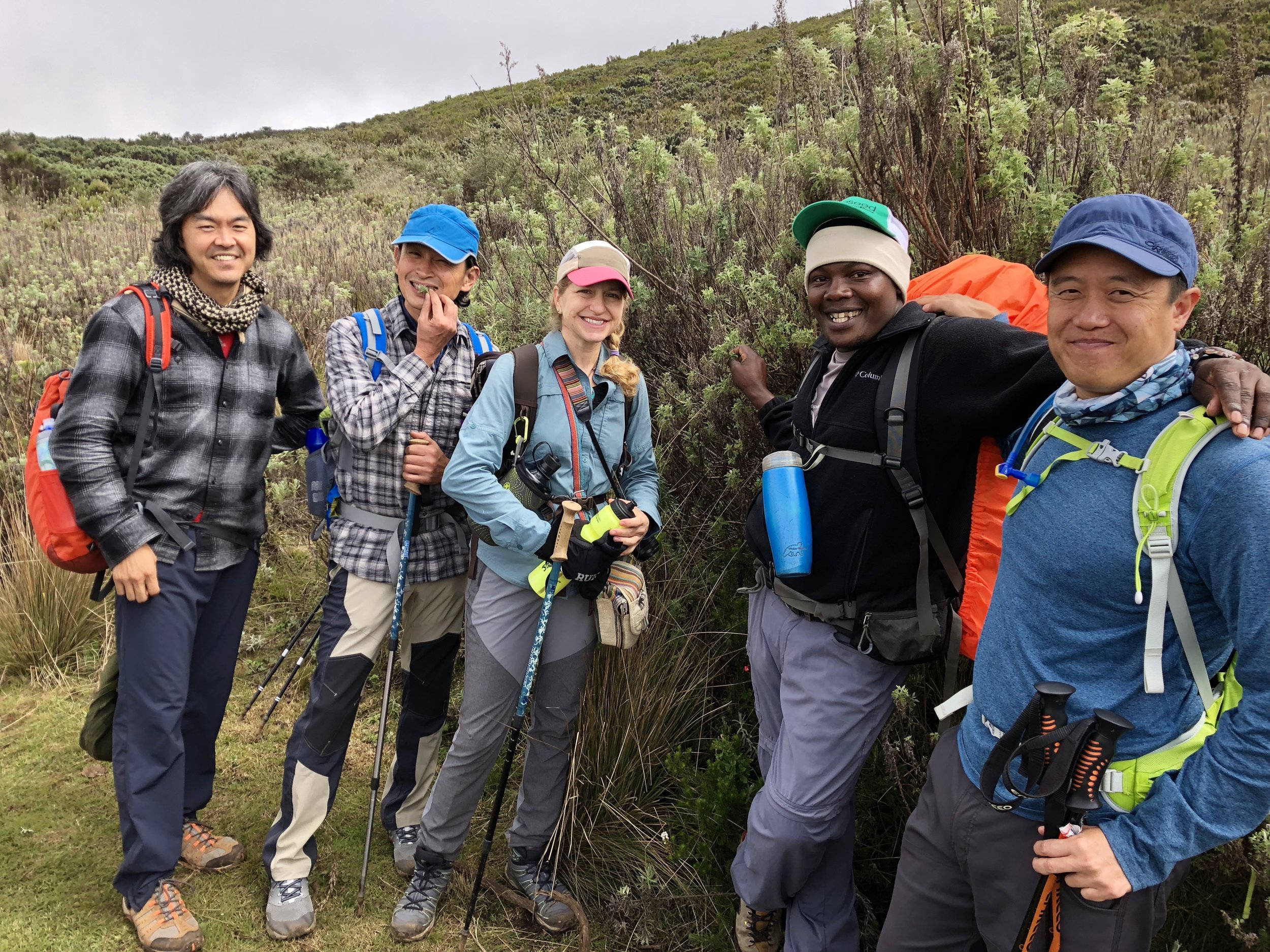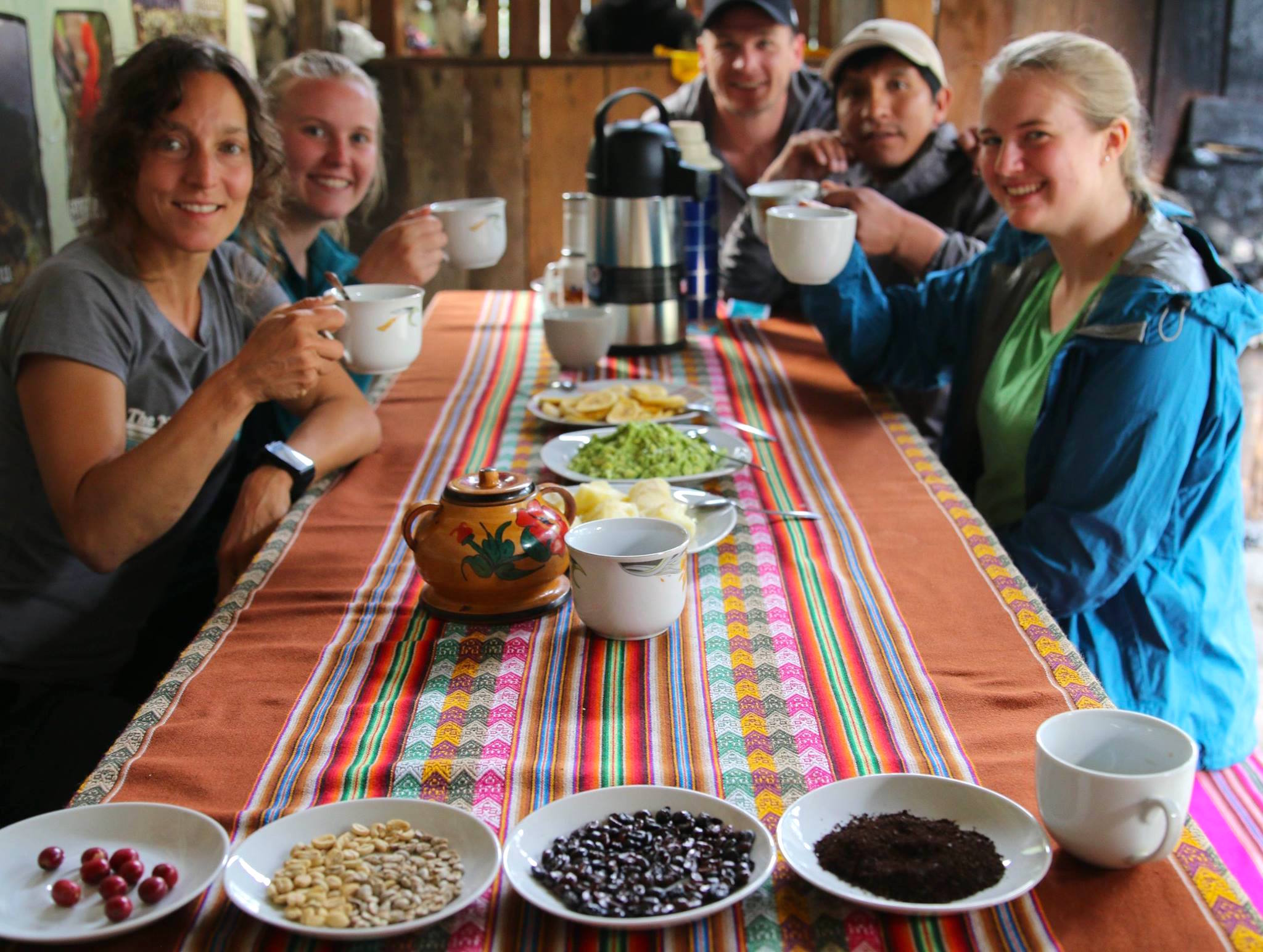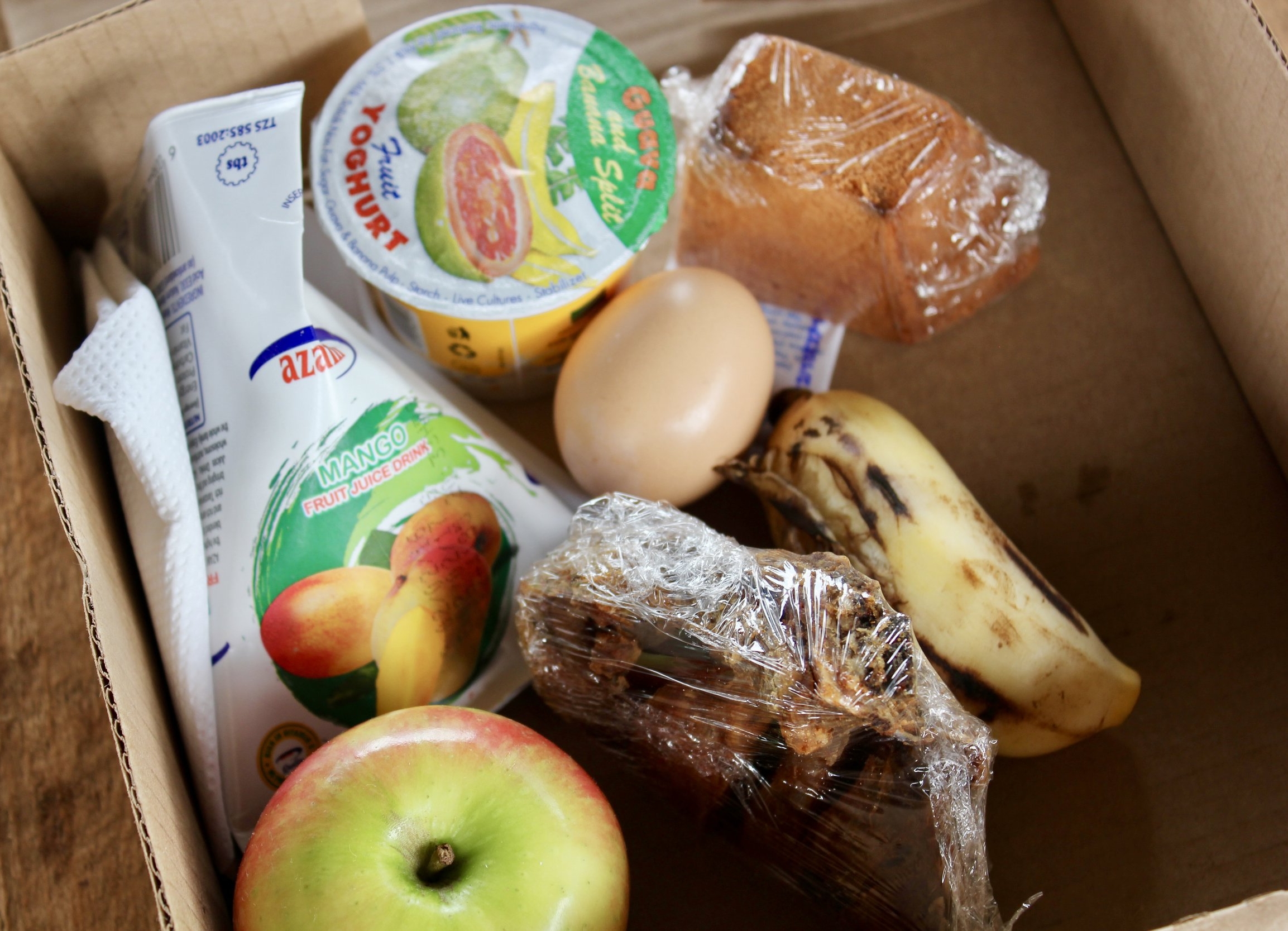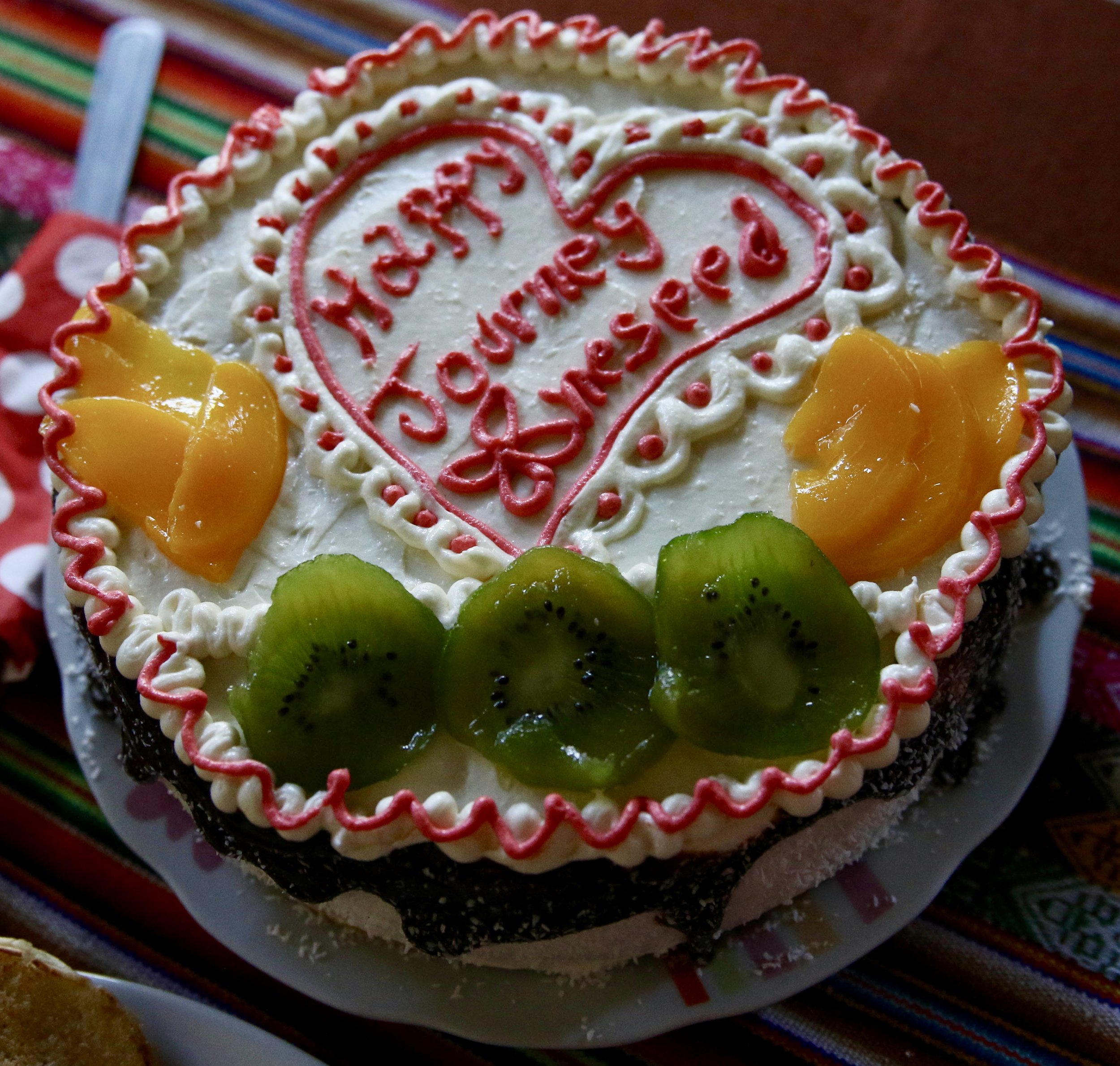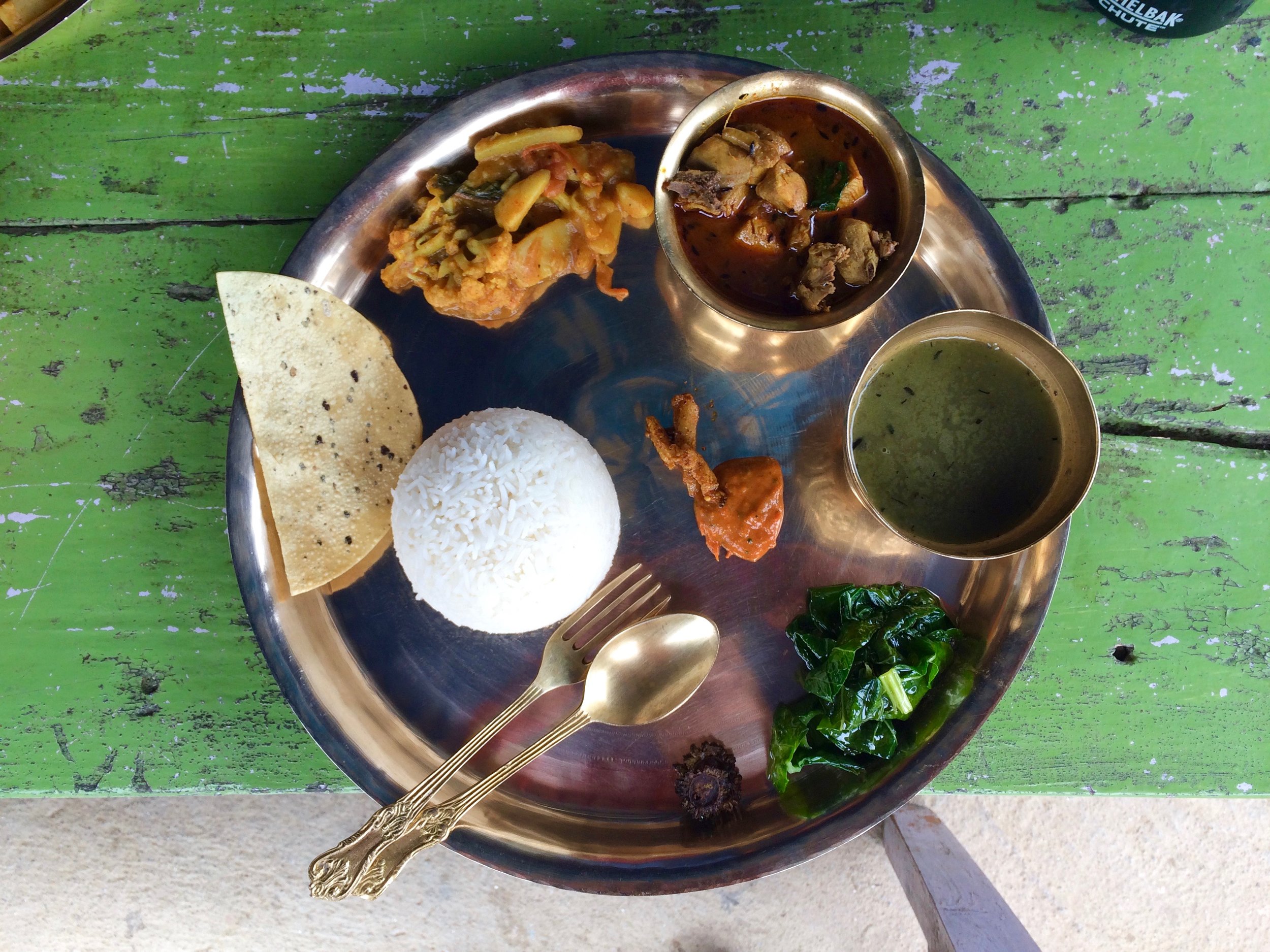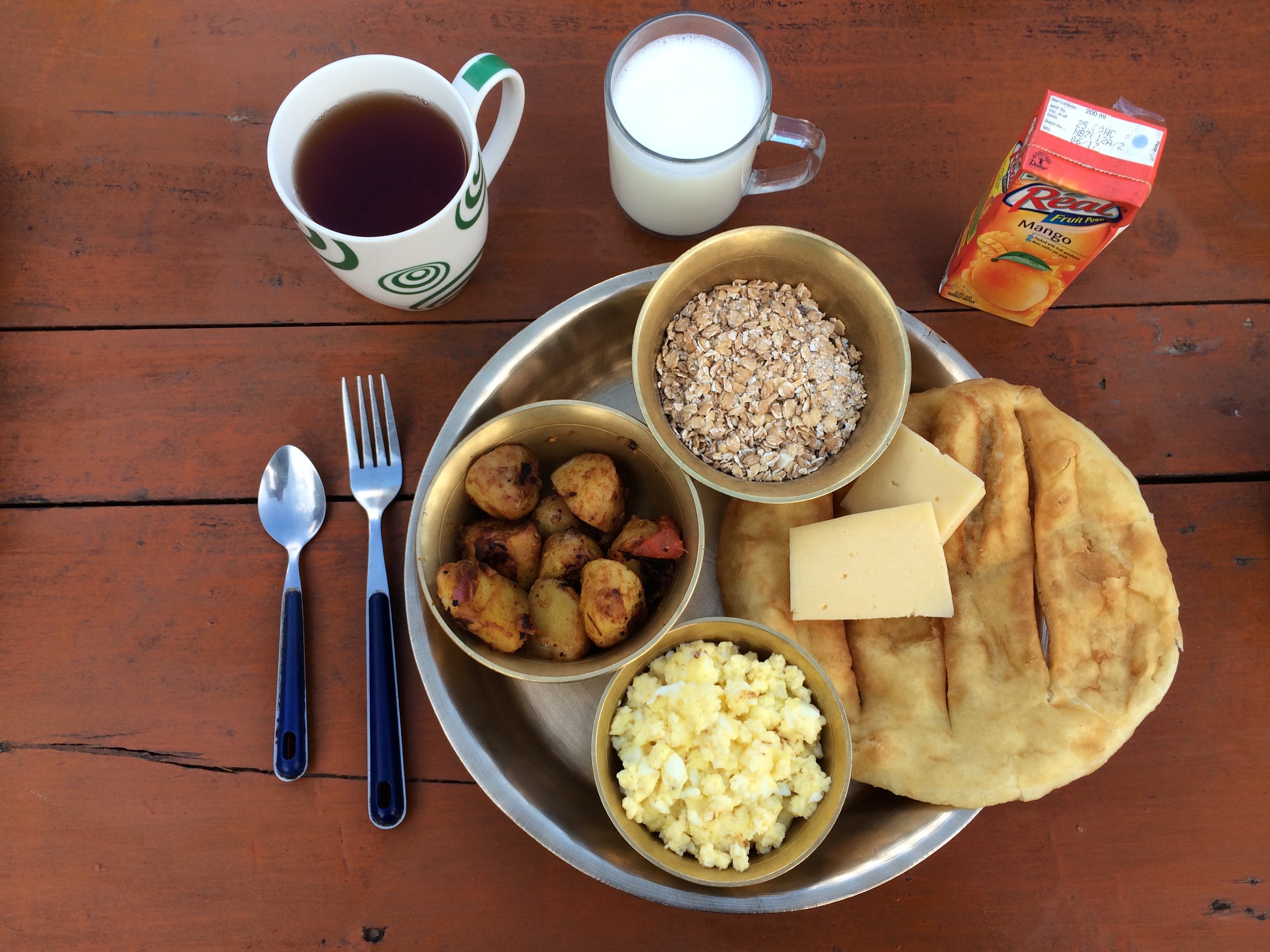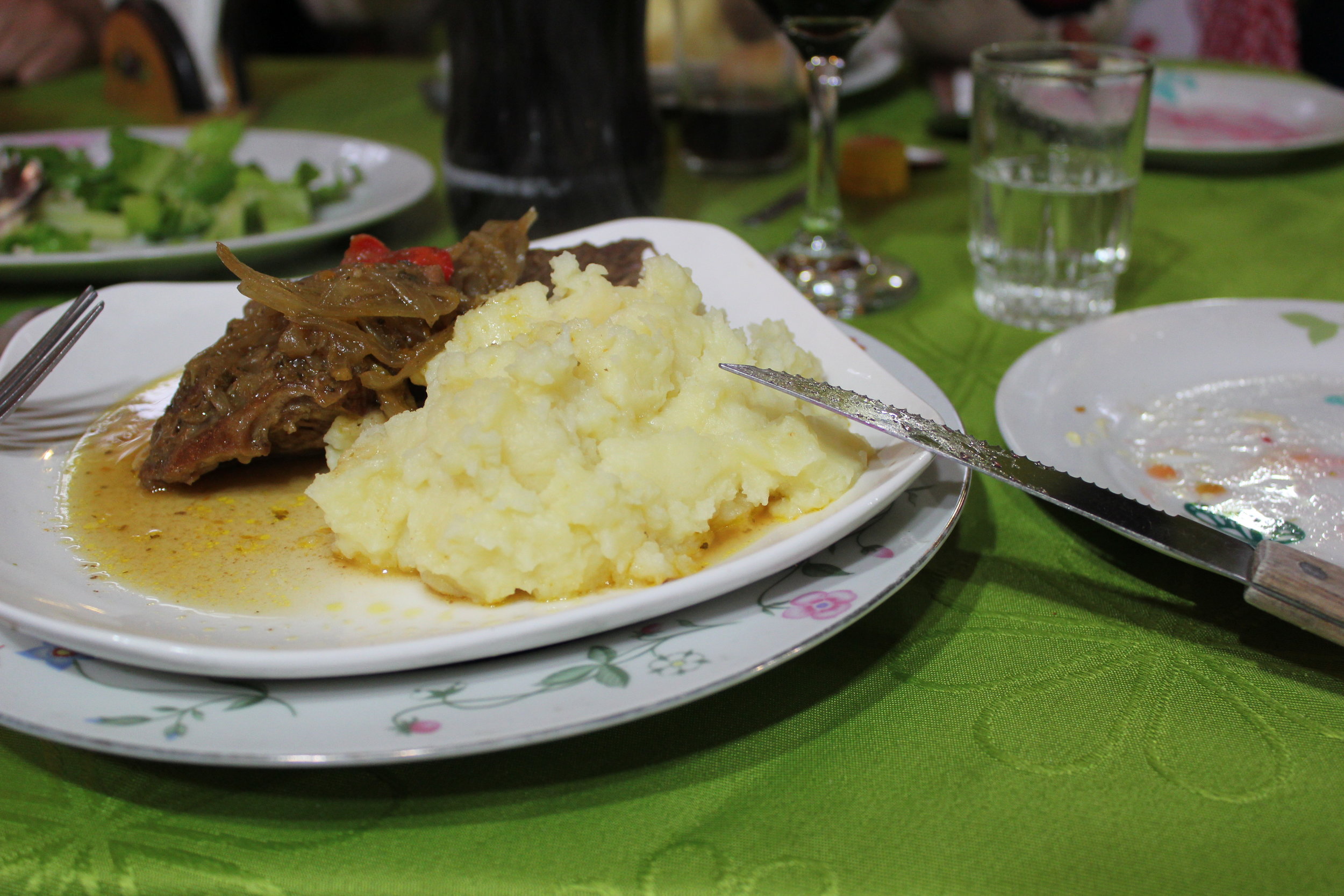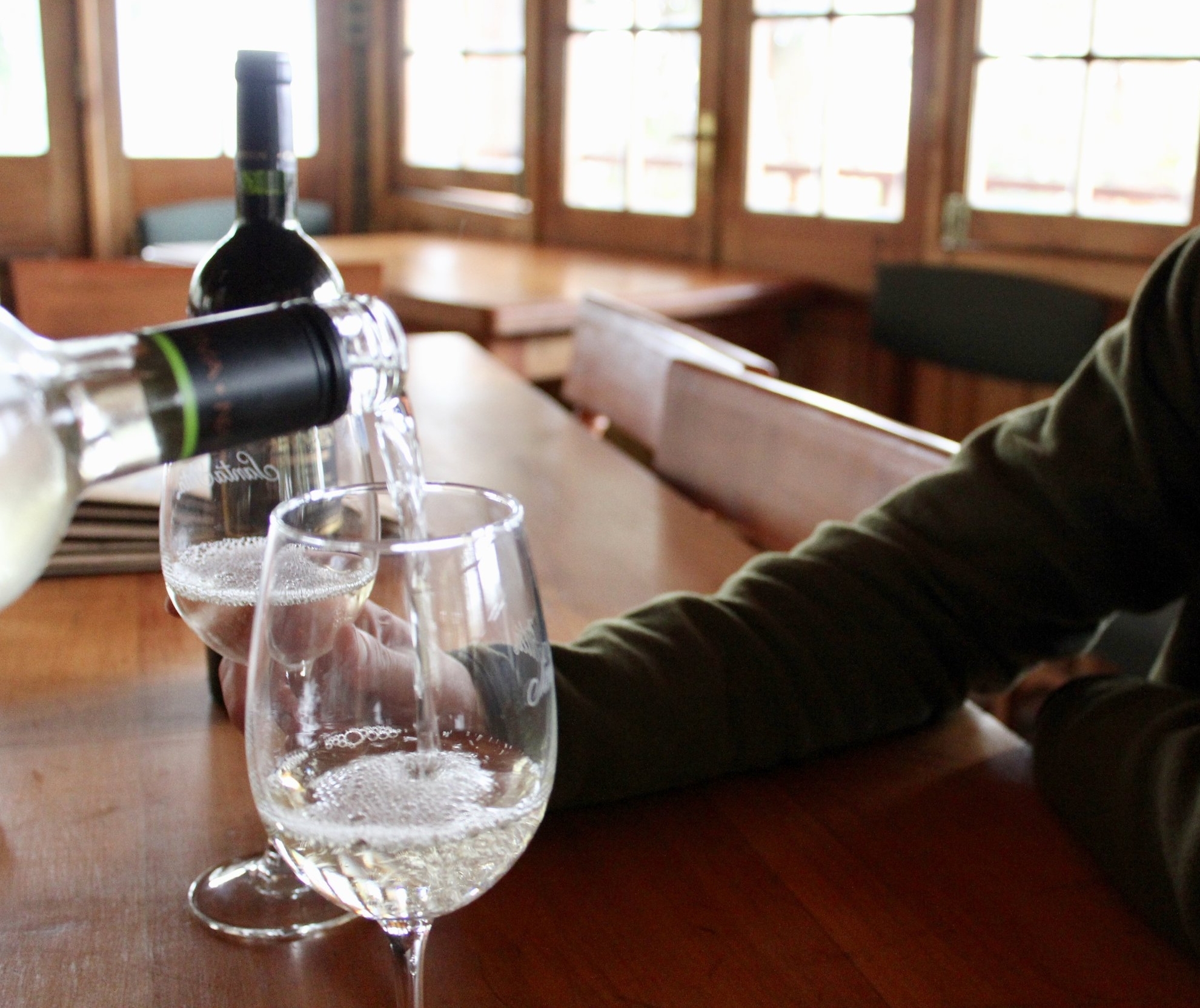Straddling the mighty Caucasus range, the Republic of Georgia offers an exhilarating mix of landscapes, from soaring peaks to serene forests, all ripe for exploration. Trekking in Georgia is to walk through history and witness the vibrant tapestry of cultures. As adventurers seek out the untamed beauty of Tusheti or the ancient towers of Svaneti, understanding and respecting the local environment and culture become paramount.
Tusheti: A Hidden Gem
Tusheti, a remote region accessible only a few months a year, is a bastion of Georgian wilderness. Treks here offer a blend of breathtaking landscapes and insights into ancient cultures. The region's isolation has preserved not just its natural beauty but also its traditional way of life. Trails lead to old villages, past defensive towers, and across alpine meadows, with the promise of an authentic connection to the land and its history.
Svaneti: The Towering Heritage
Svaneti, a UNESCO World Heritage Site, is as famous for its medieval towers and churches as it is for its dramatic mountain scenery. The region offers a variety of treks, ranging from gentle walks to challenging climbs. The Mestia to Ushguli trek is particularly popular, winding through historic villages and offering spectacular views of the Caucasus. Svaneti is a place where culture and nature have been intertwined for centuries, creating a unique landscape that beckons to be explored with respect and wonder.
Comparing Tusheti and Svaneti
Tusheti appeals to those seeking a wild and remote experience, with less-trodden paths and a closer connection to traditional lifestyles. Svaneti, more accessible and developed for tourism, offers an opportunity to delve into a rich historical narrative set against a backdrop of stunning natural beauty. Both regions, with their distinct appeals, call for a thoughtful approach to trekking, ensuring that the footprints left behind are light and respectful.
Sustainability and Conservation in Georgia
As the interest in Georgia's trekking trails grows, so does the responsibility of every traveler to consider the impact of their journey. The country's diverse ecosystems and cultural sites are delicate treasures that require collective effort to preserve.
Here are some considerations for responsible trekking in Georgia:
Trail Etiquette: Stick to marked paths to avoid eroding landscapes and disrupting wildlife. Respect any signs or guidance provided to protect sensitive areas.
Waste Management: Leave no trace of your visit. Carry out all trash, and consider the impact of waste on local communities and wildlife.
Cultural Sensitivity: Understand and respect local customs and traditions. This might mean dressing modestly, asking permission before taking photographs, or learning a few words in the local language.
Support Local: Engage with local guides and use local services to help support the economies of the communities you visit. This also enriches your experience by providing authentic insight into Georgian culture.
Conservation Efforts: Be aware of and support ongoing conservation efforts. This might involve participating in clean-up hikes, respecting wildlife habitats, or contributing to local conservation projects.
Georgia's trails are not just paths through the mountains; they are journeys through history, culture, and stunning landscapes. As trekkers, there is a responsibility to tread lightly and respectfully, ensuring that these treasures are preserved for future generations. Whether you are drawn to the remote beauty of Tusheti or the historic paths of Svaneti, remember that you are a guest in a story that has been unfolding for centuries. Embrace the adventure, but do so with a mindful step, ensuring that the trails of Georgia remain timeless and treasured.








